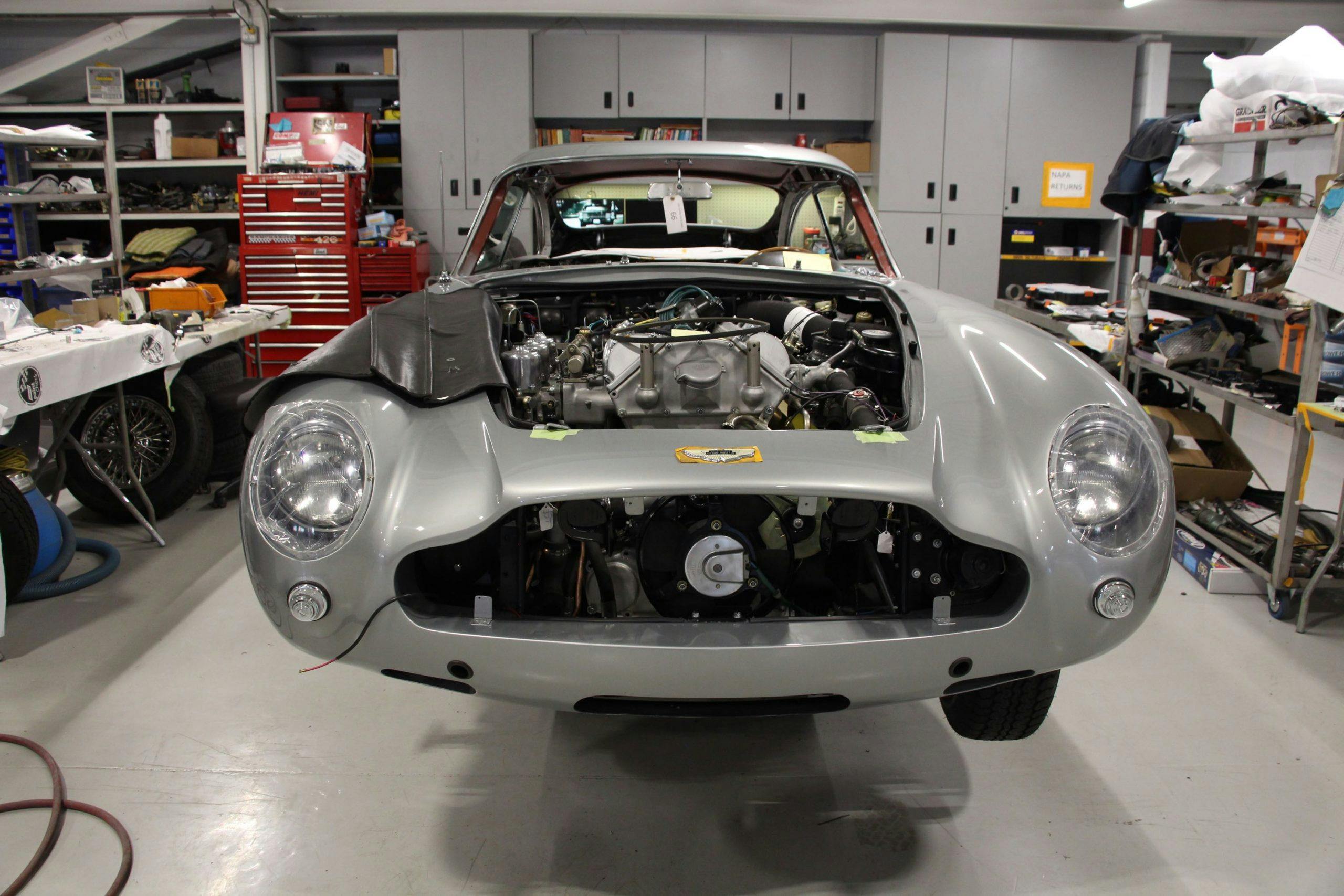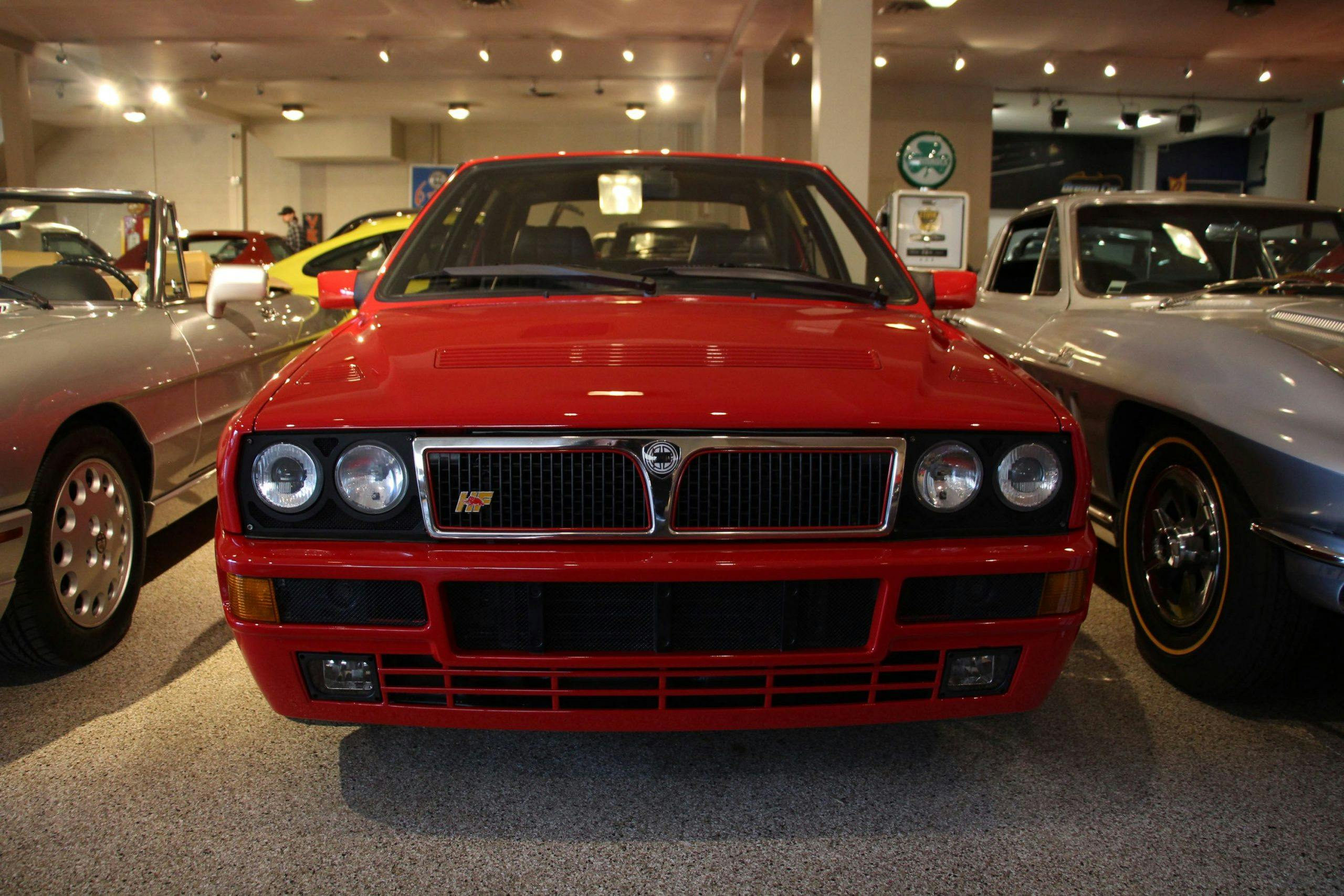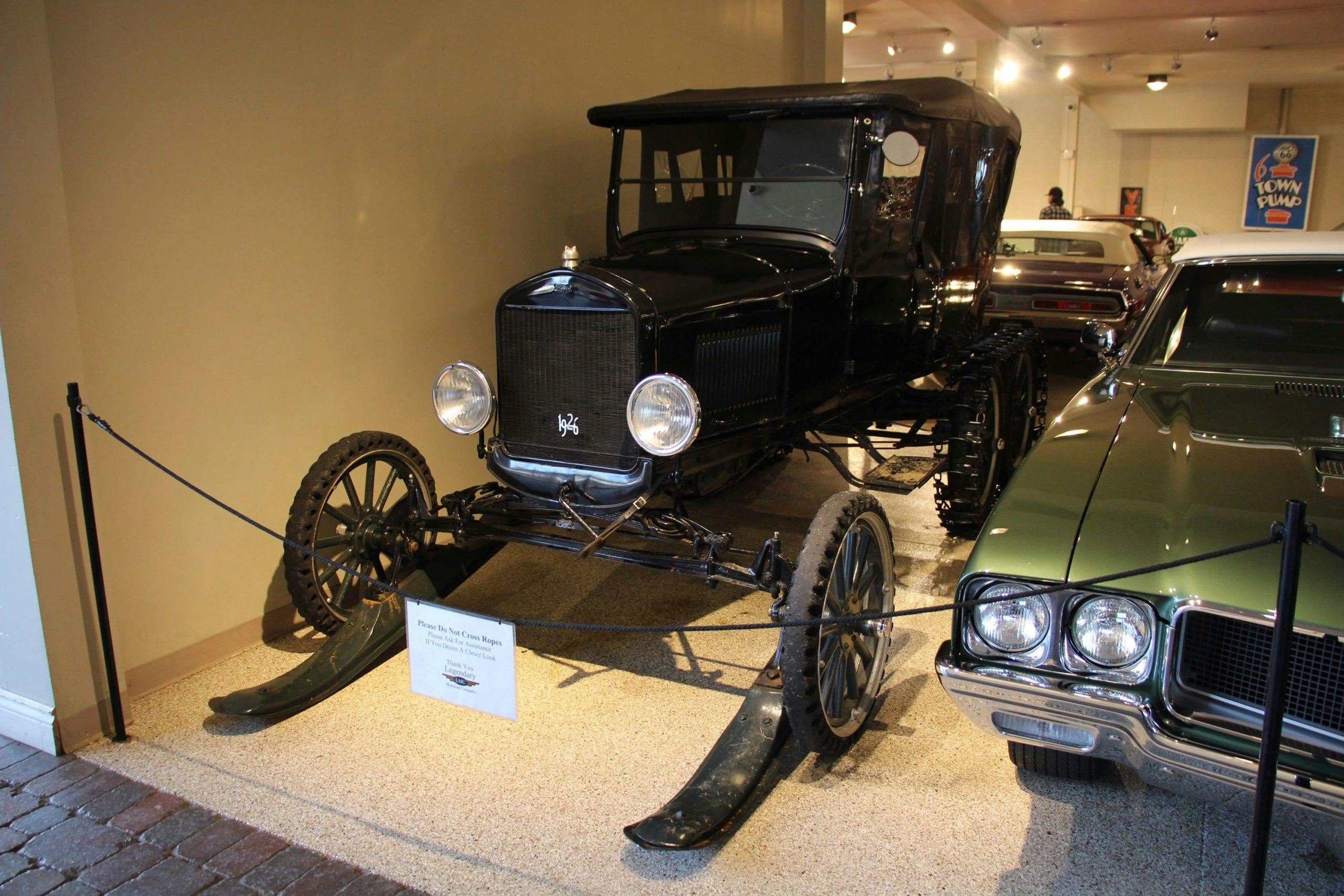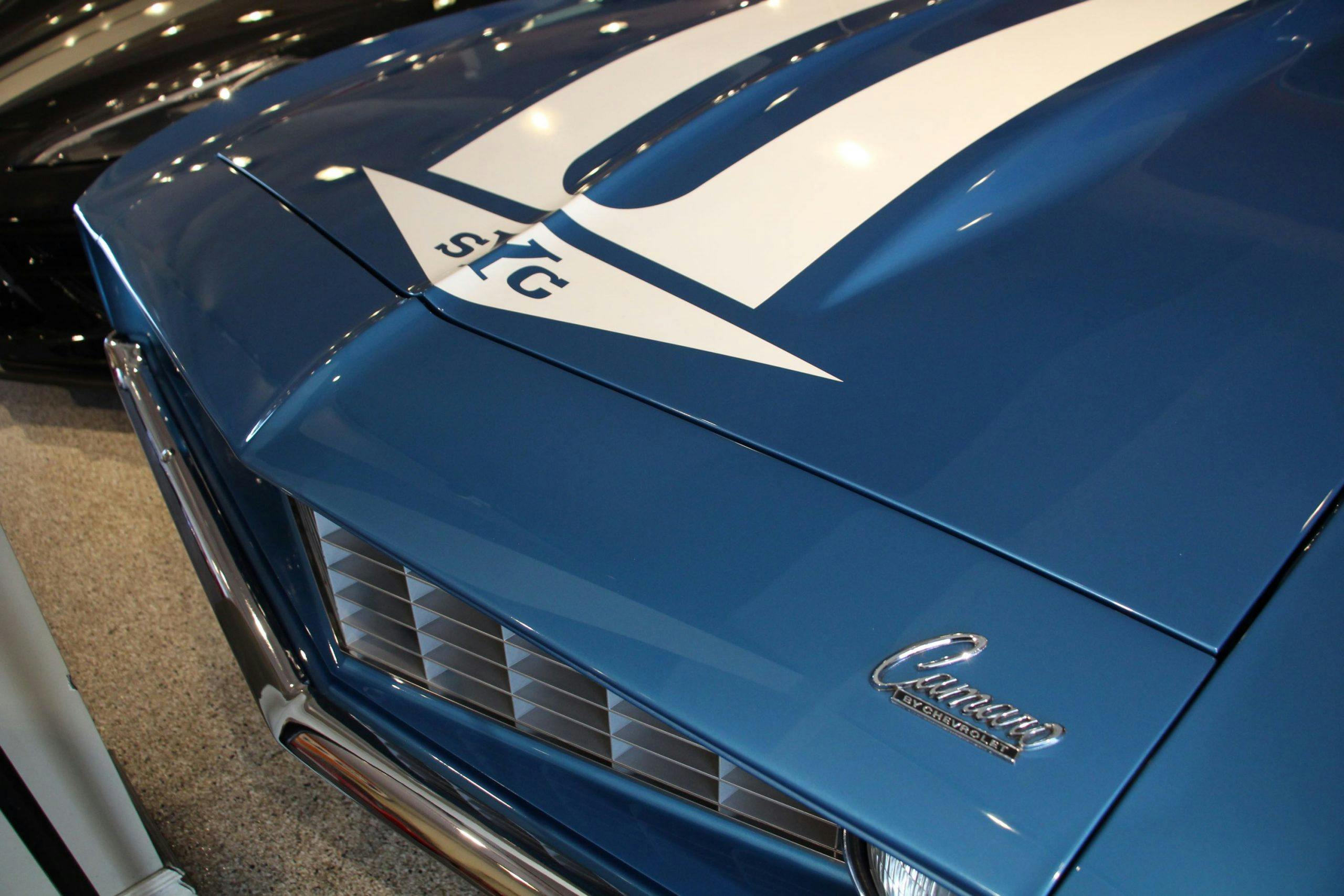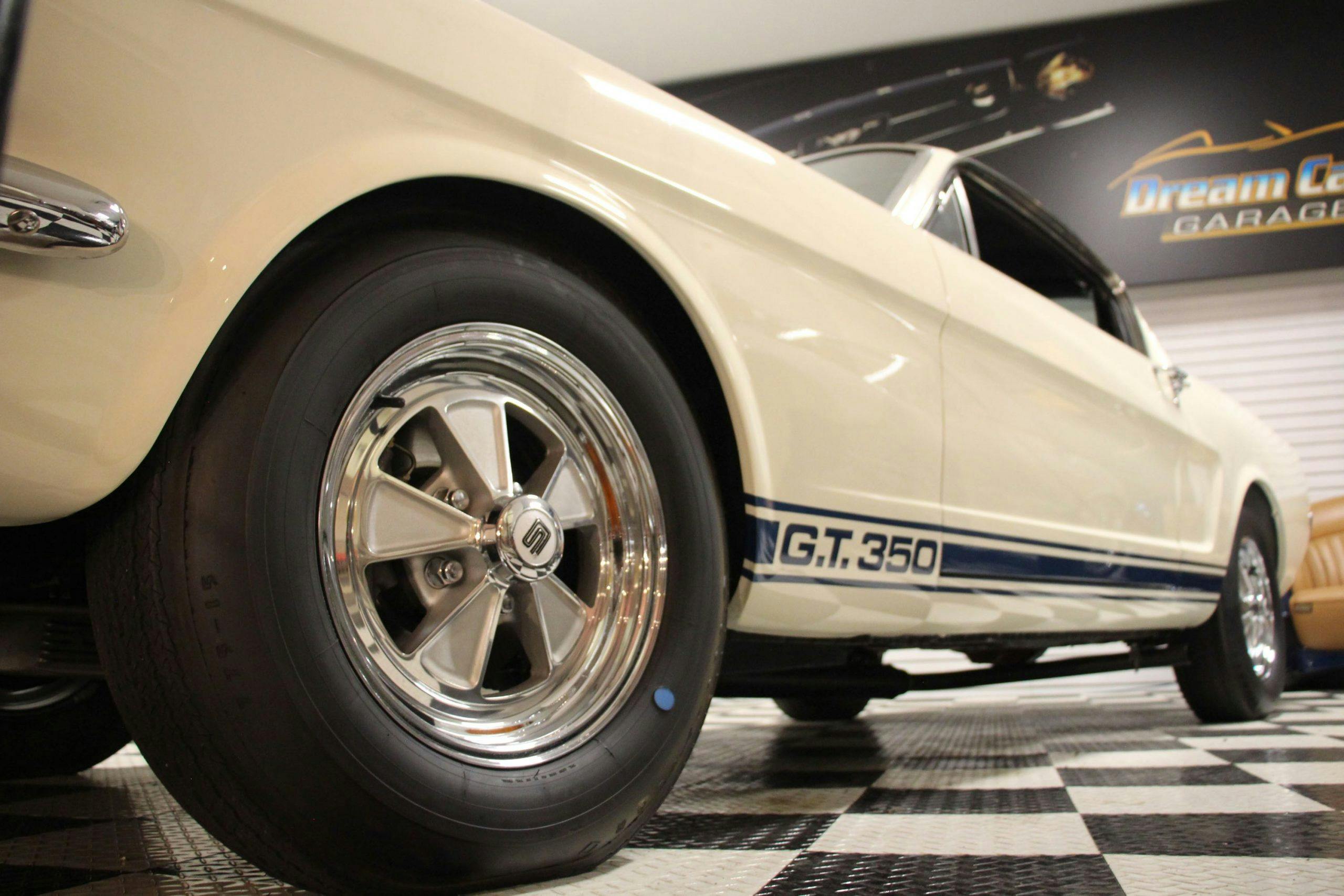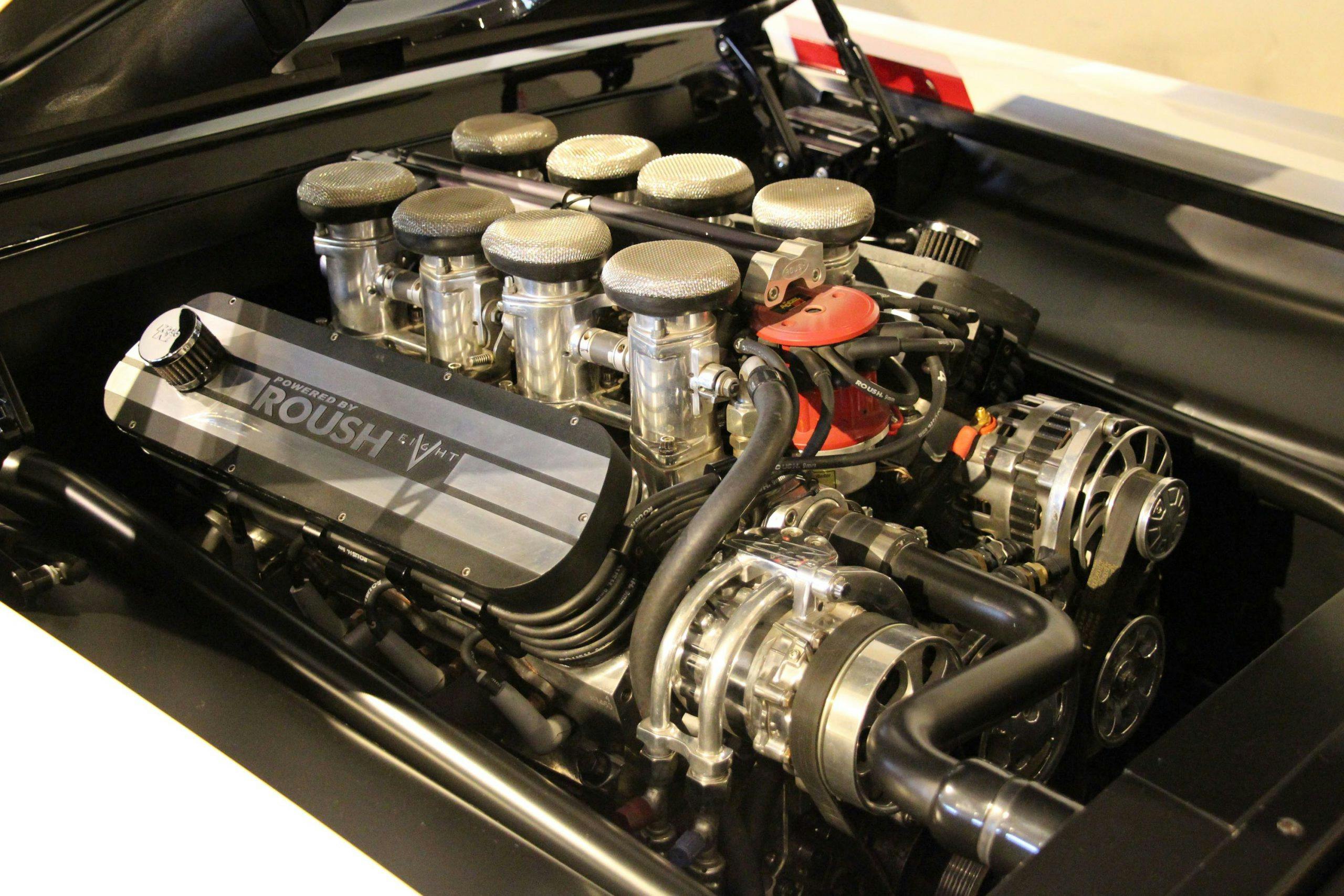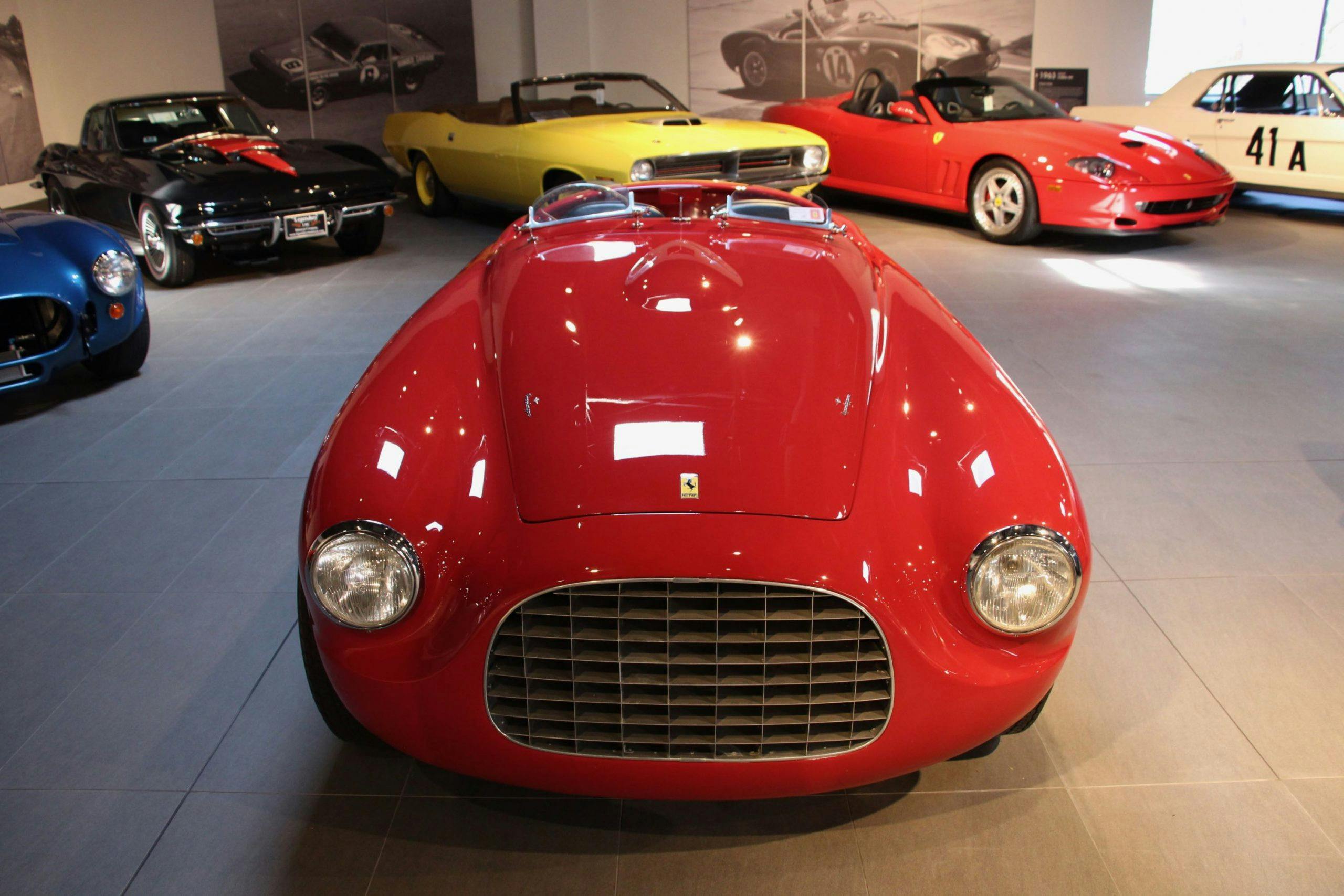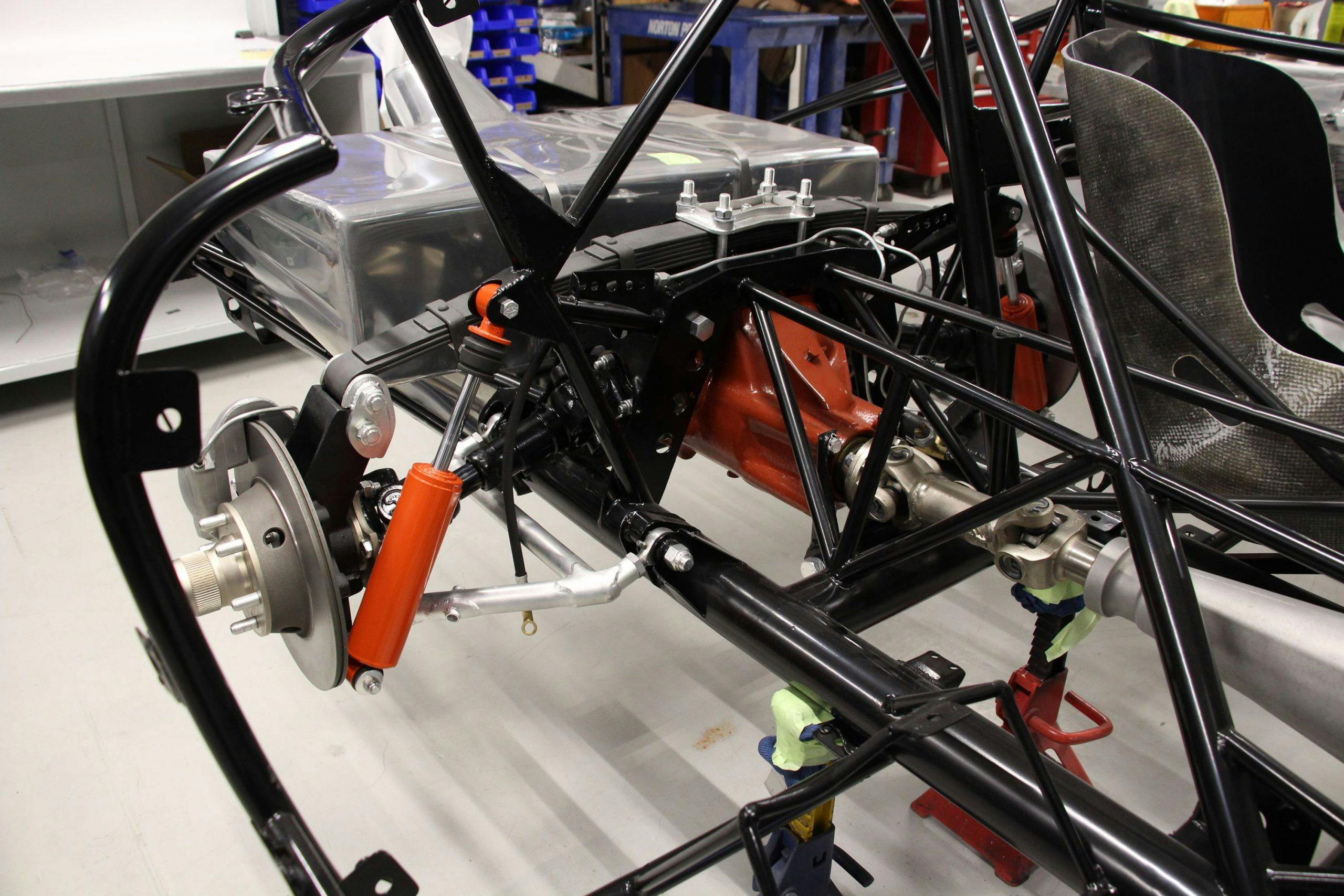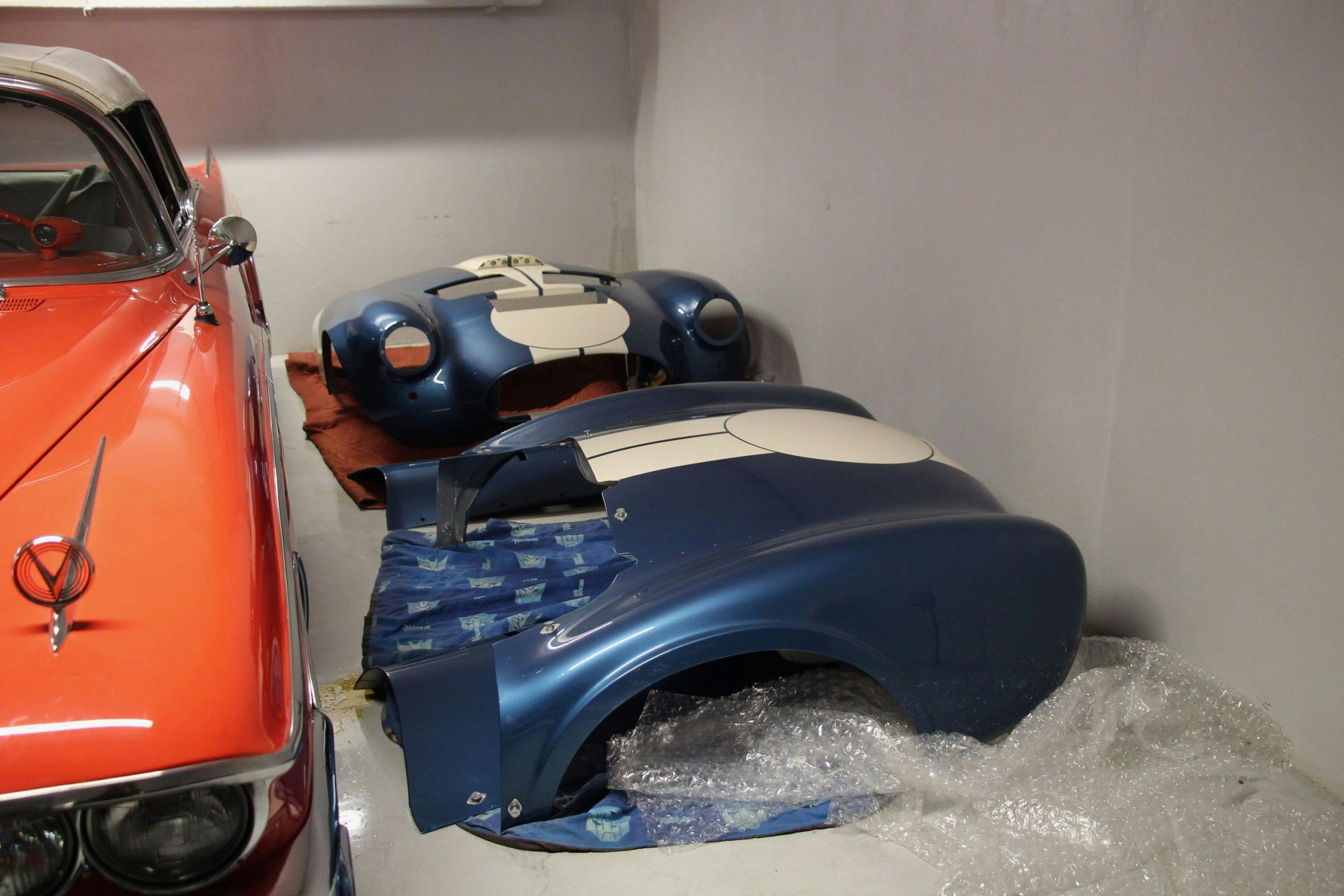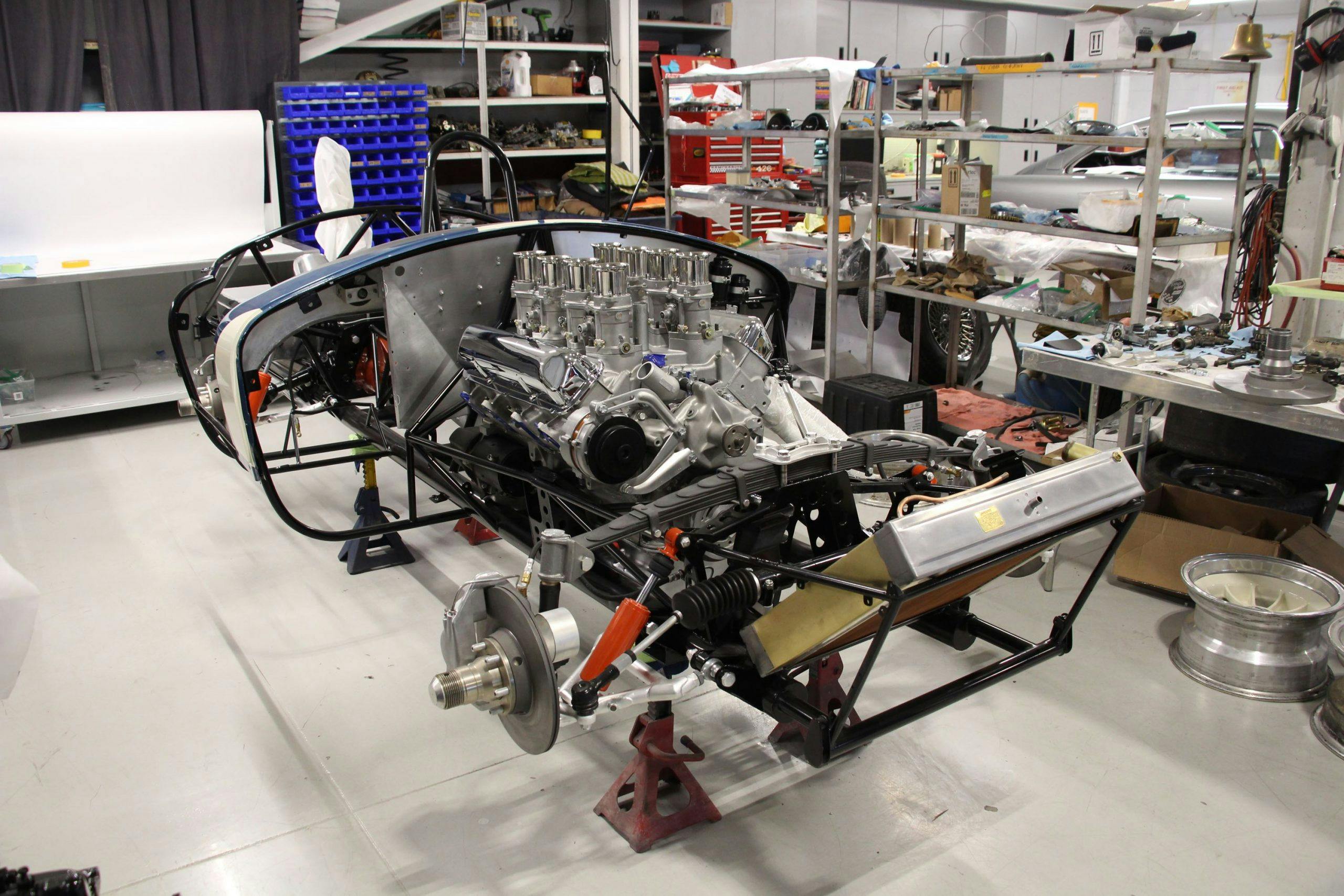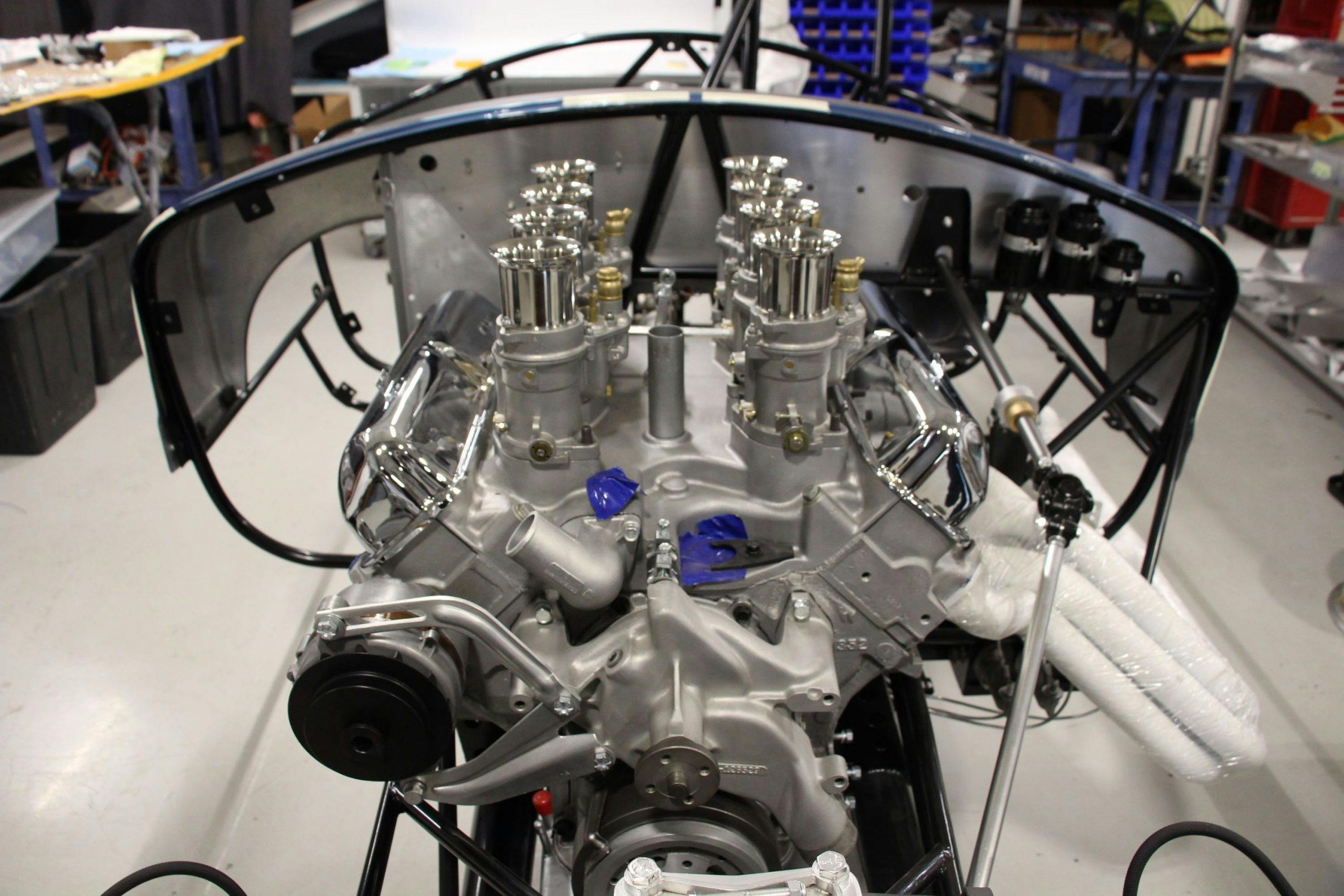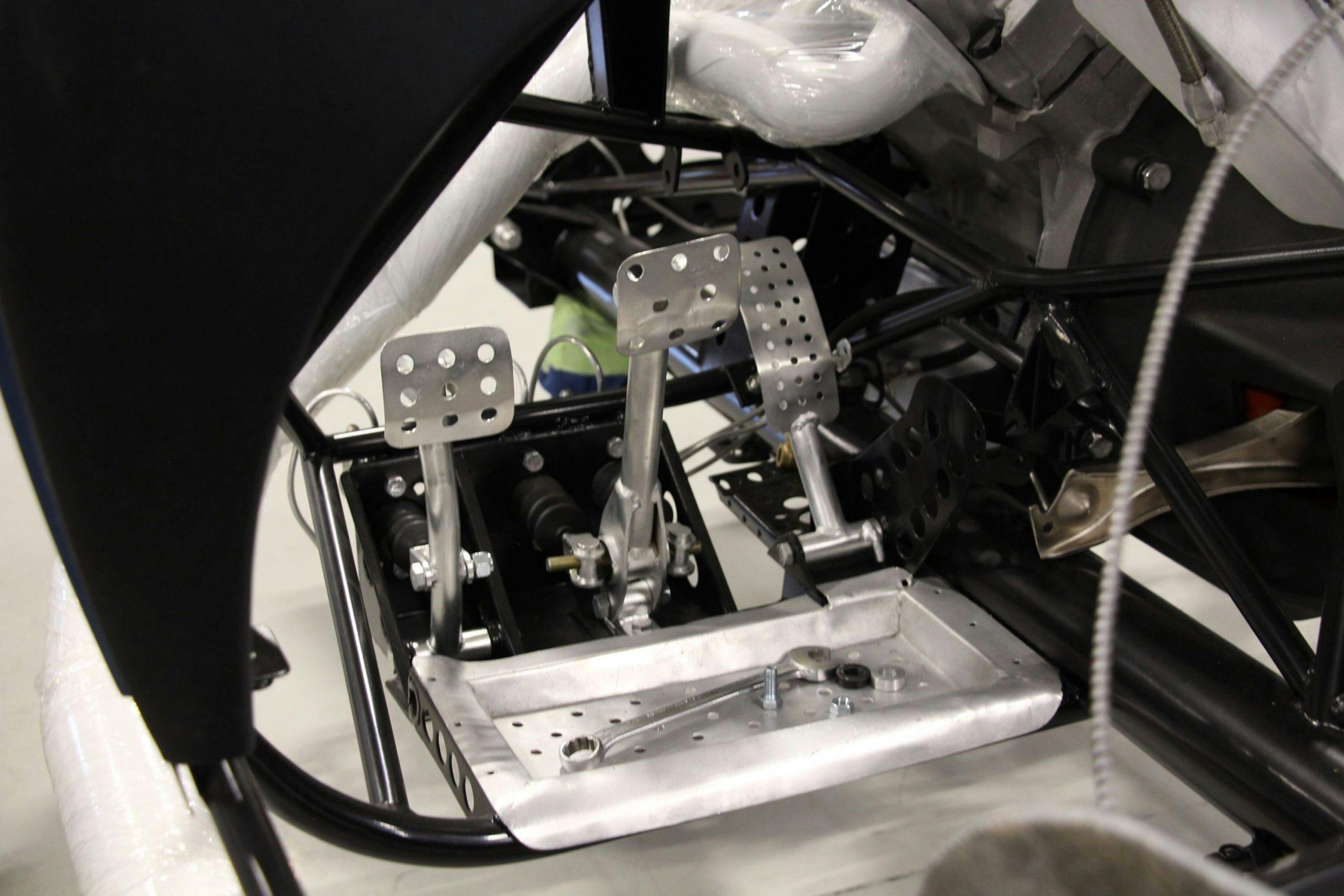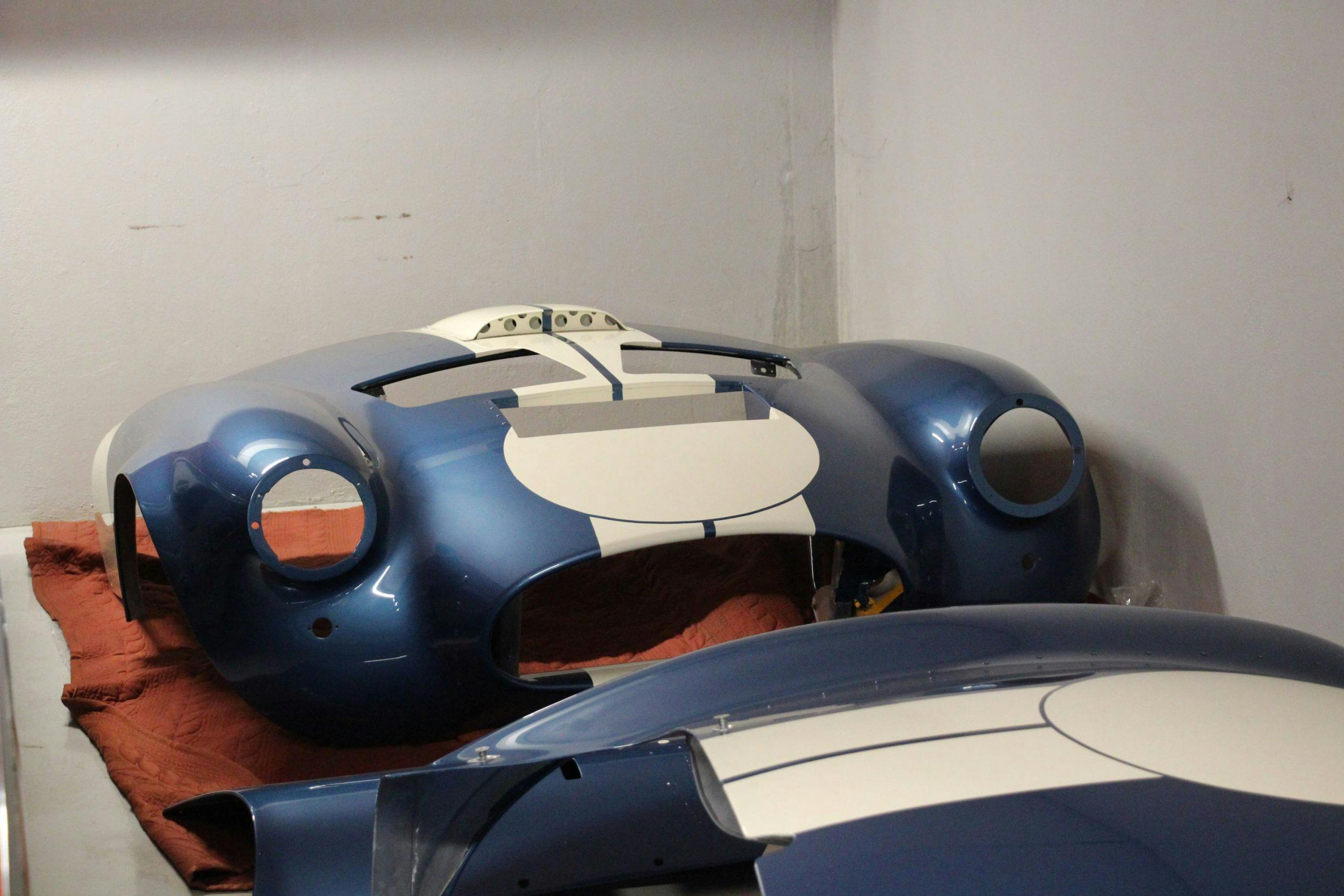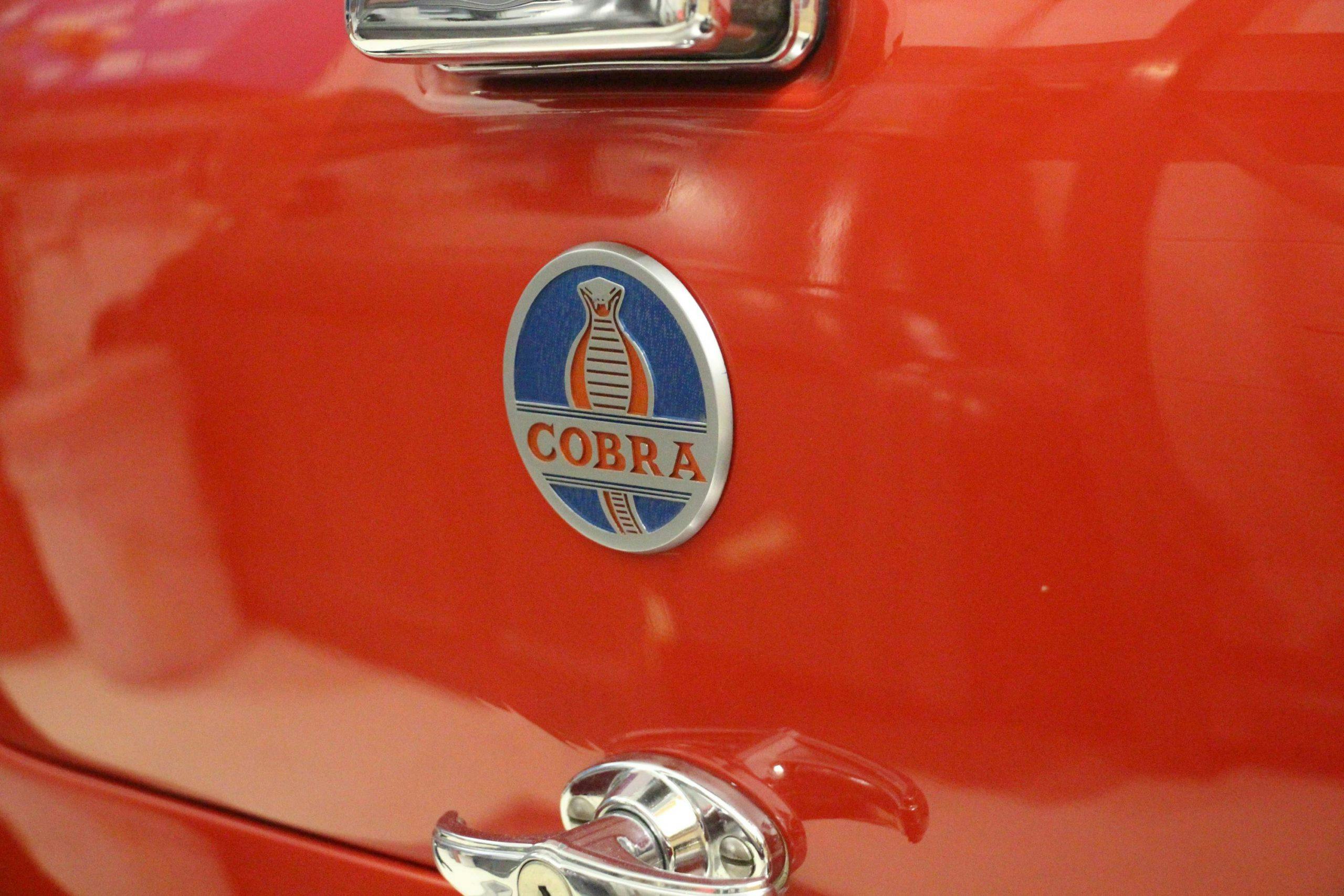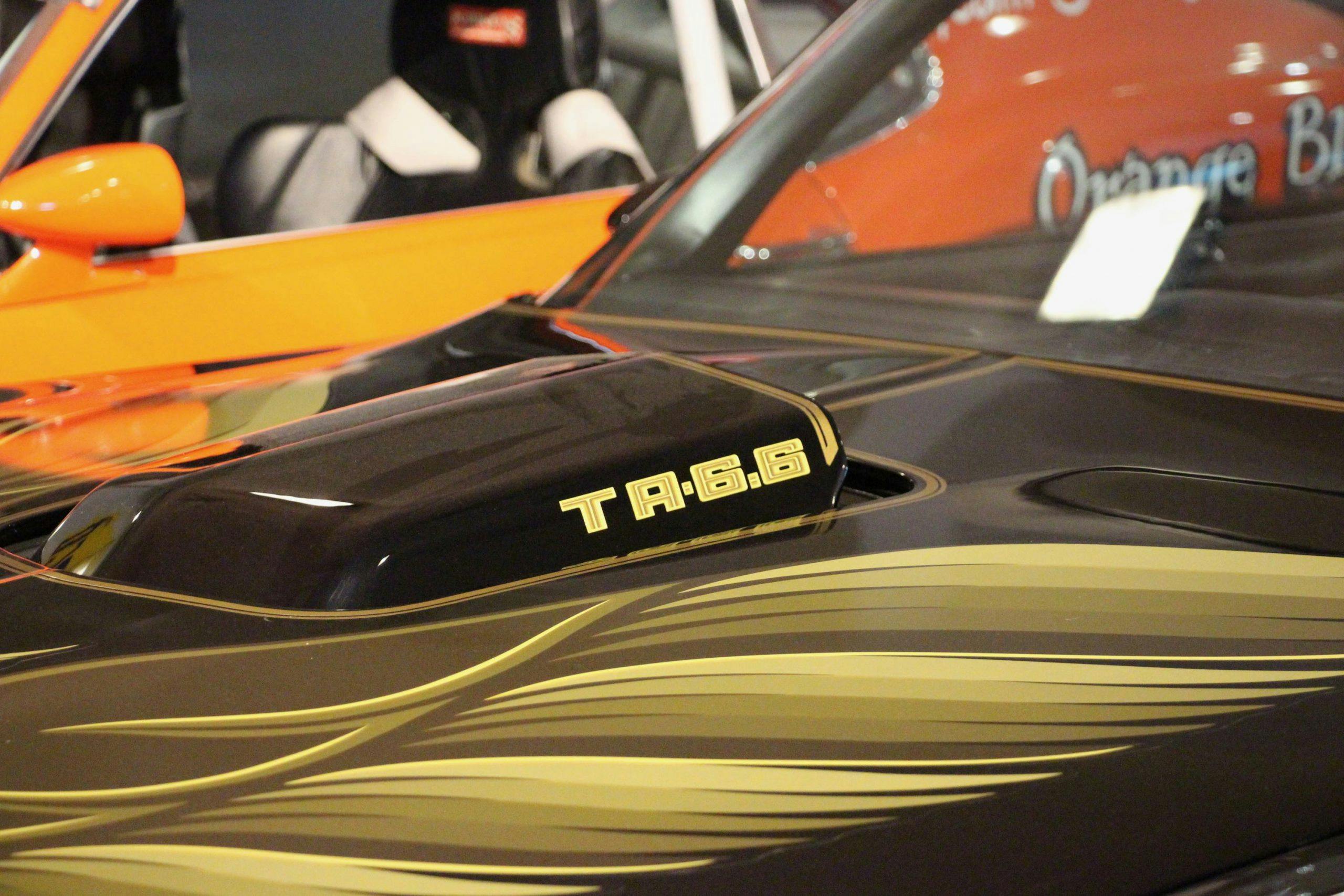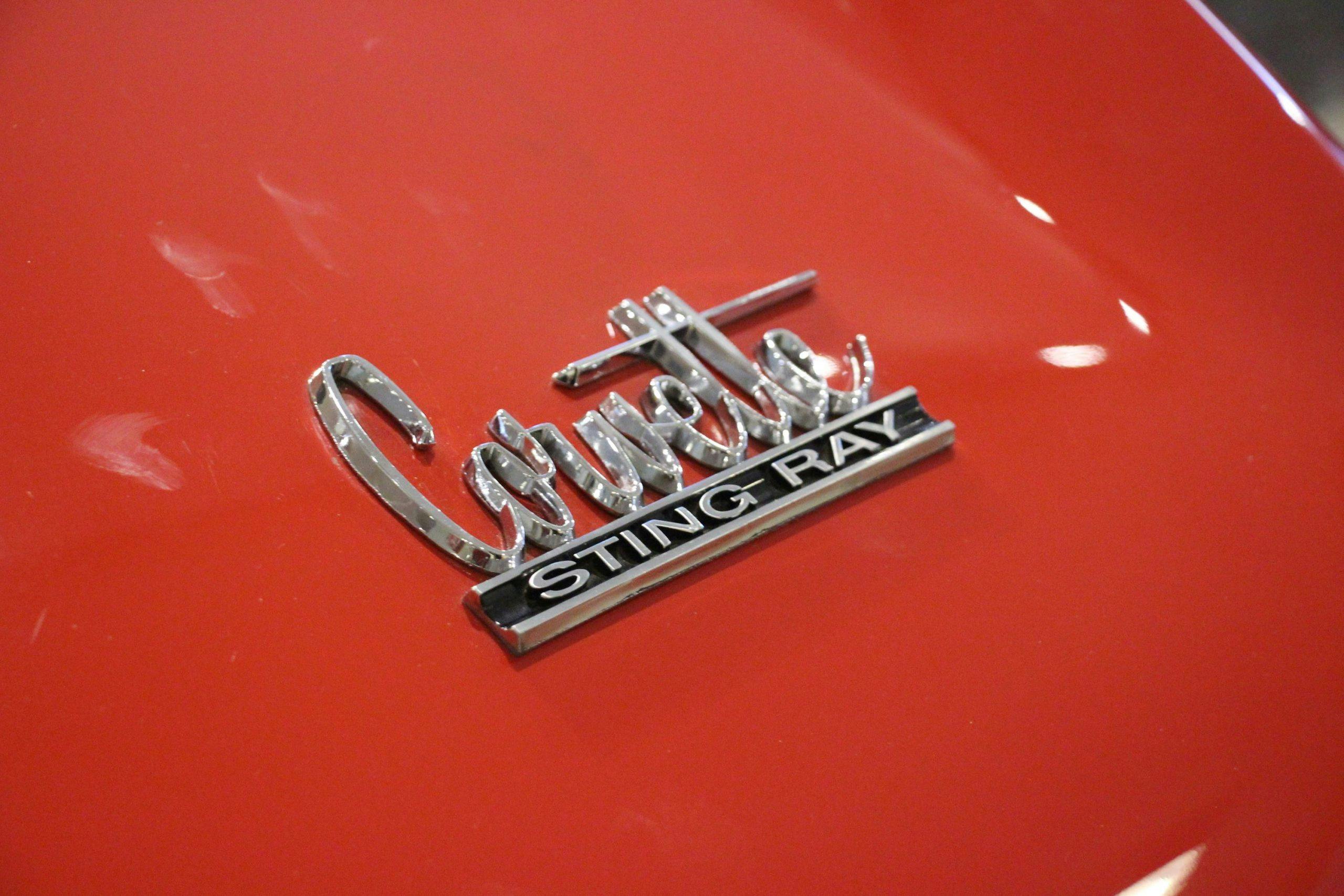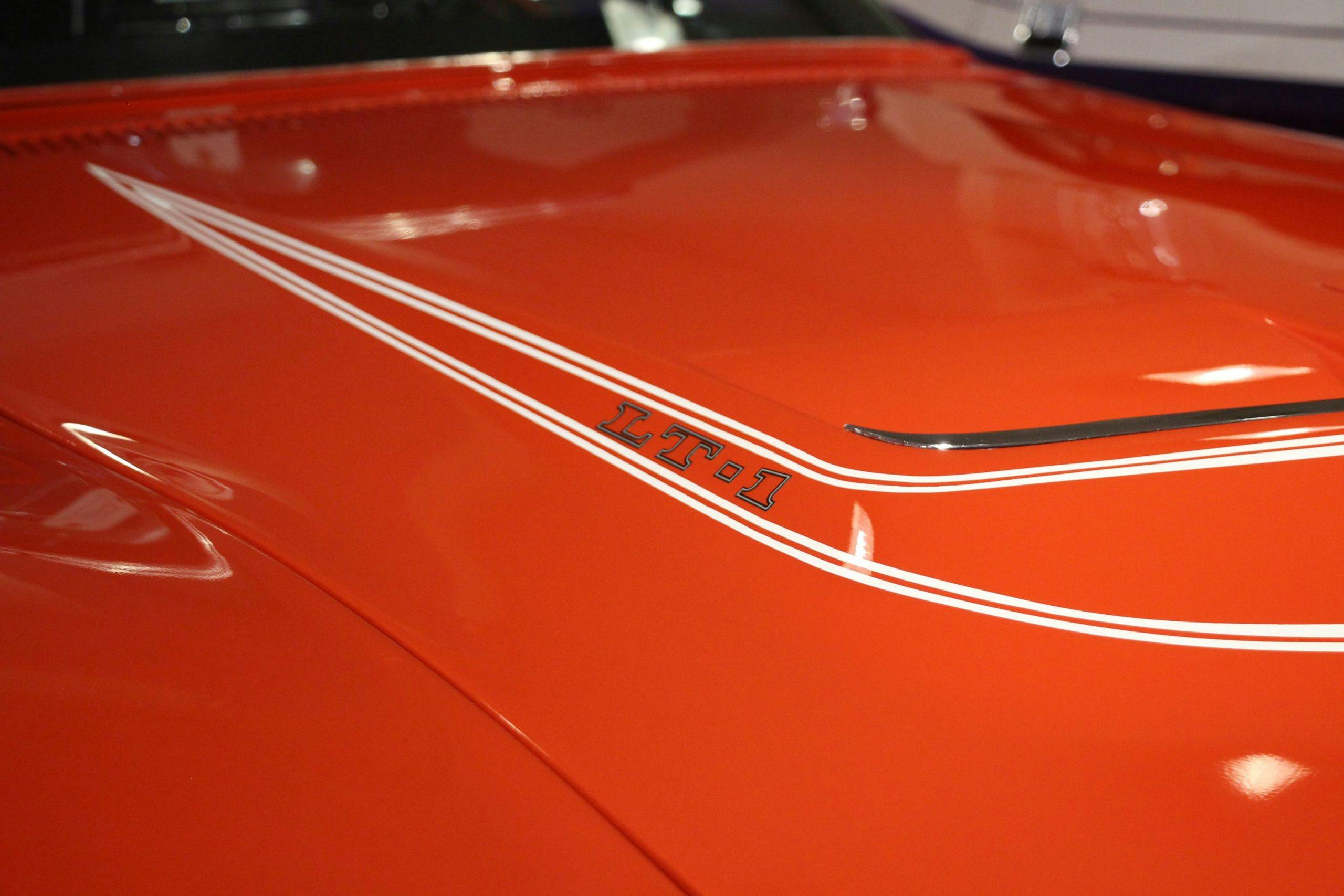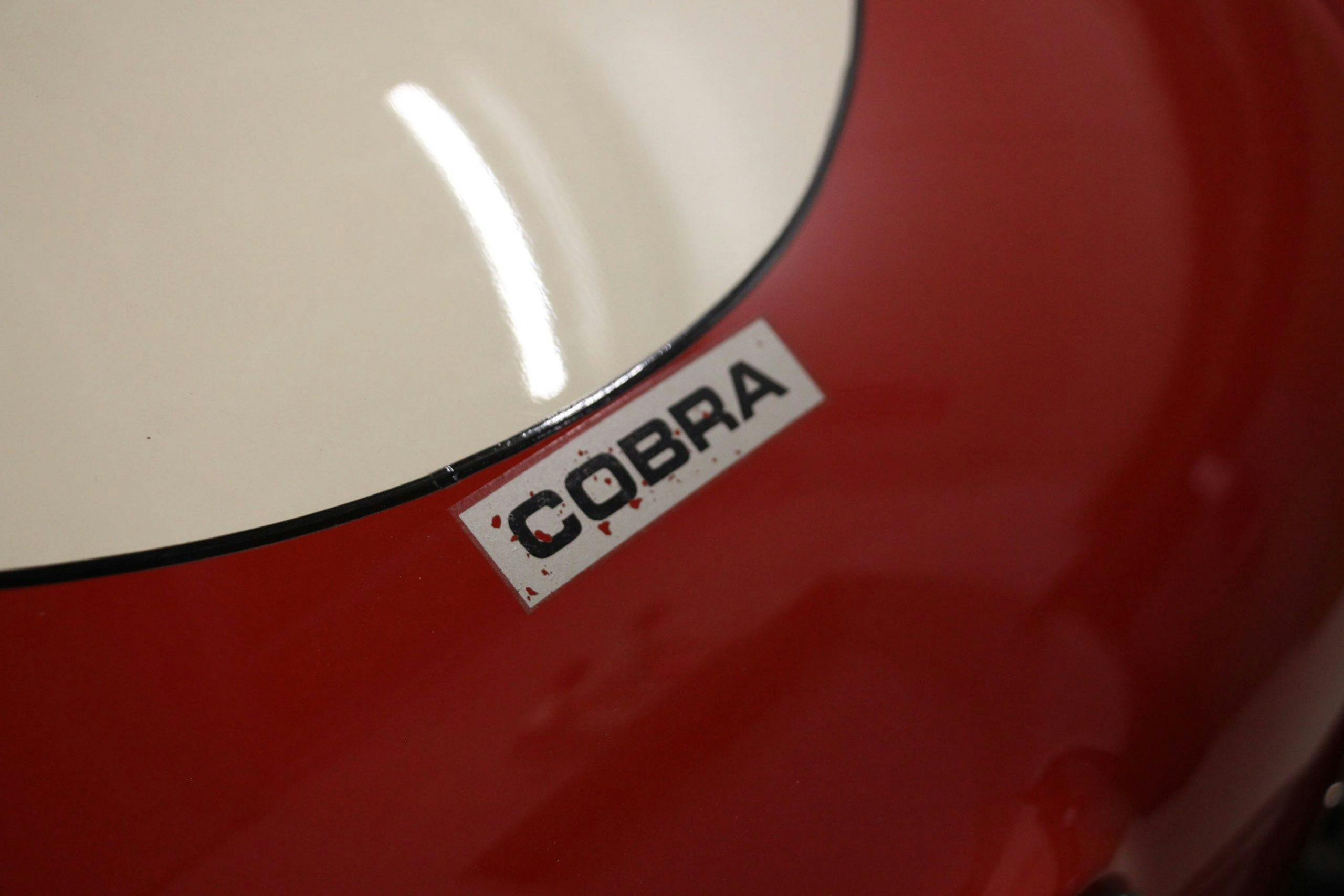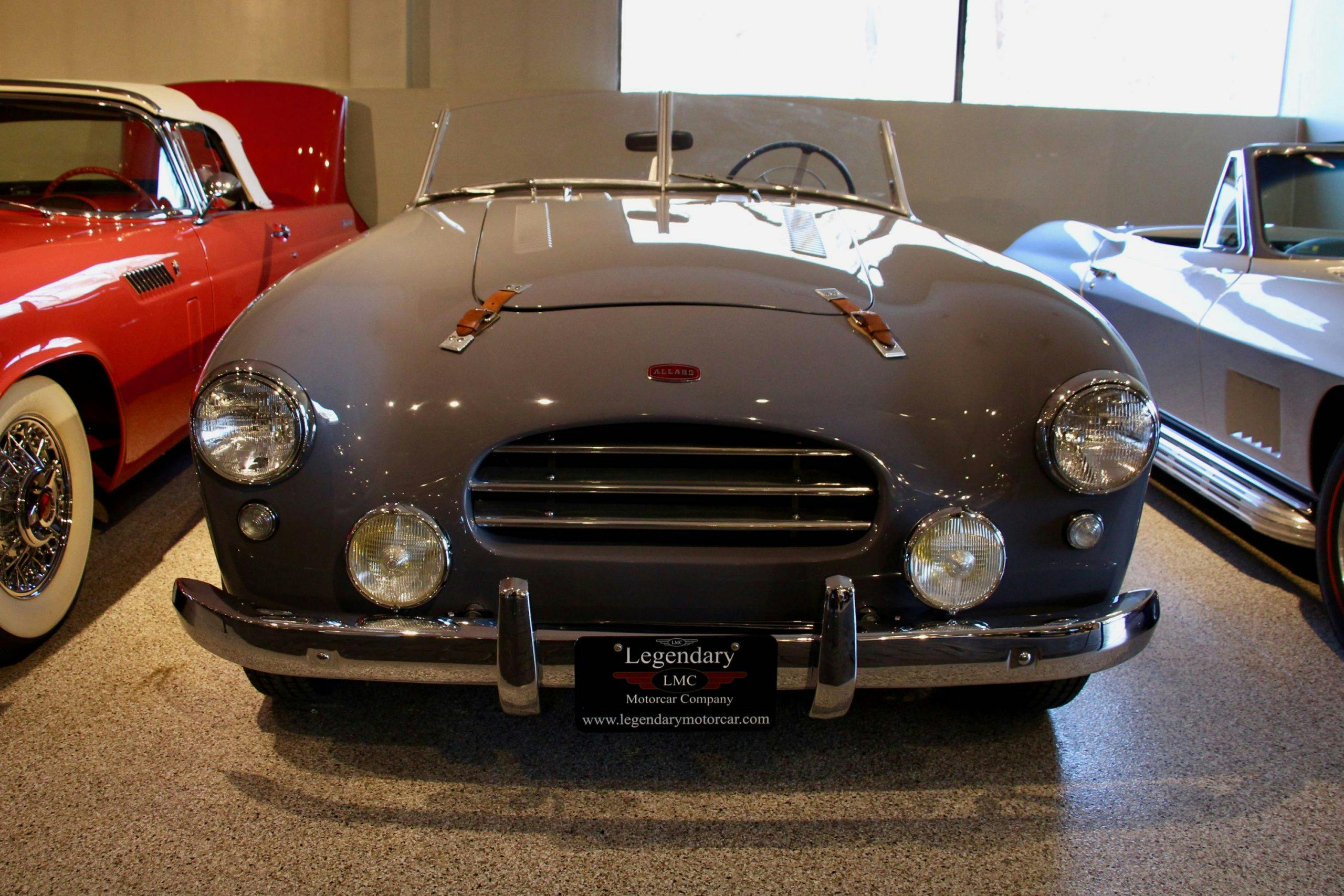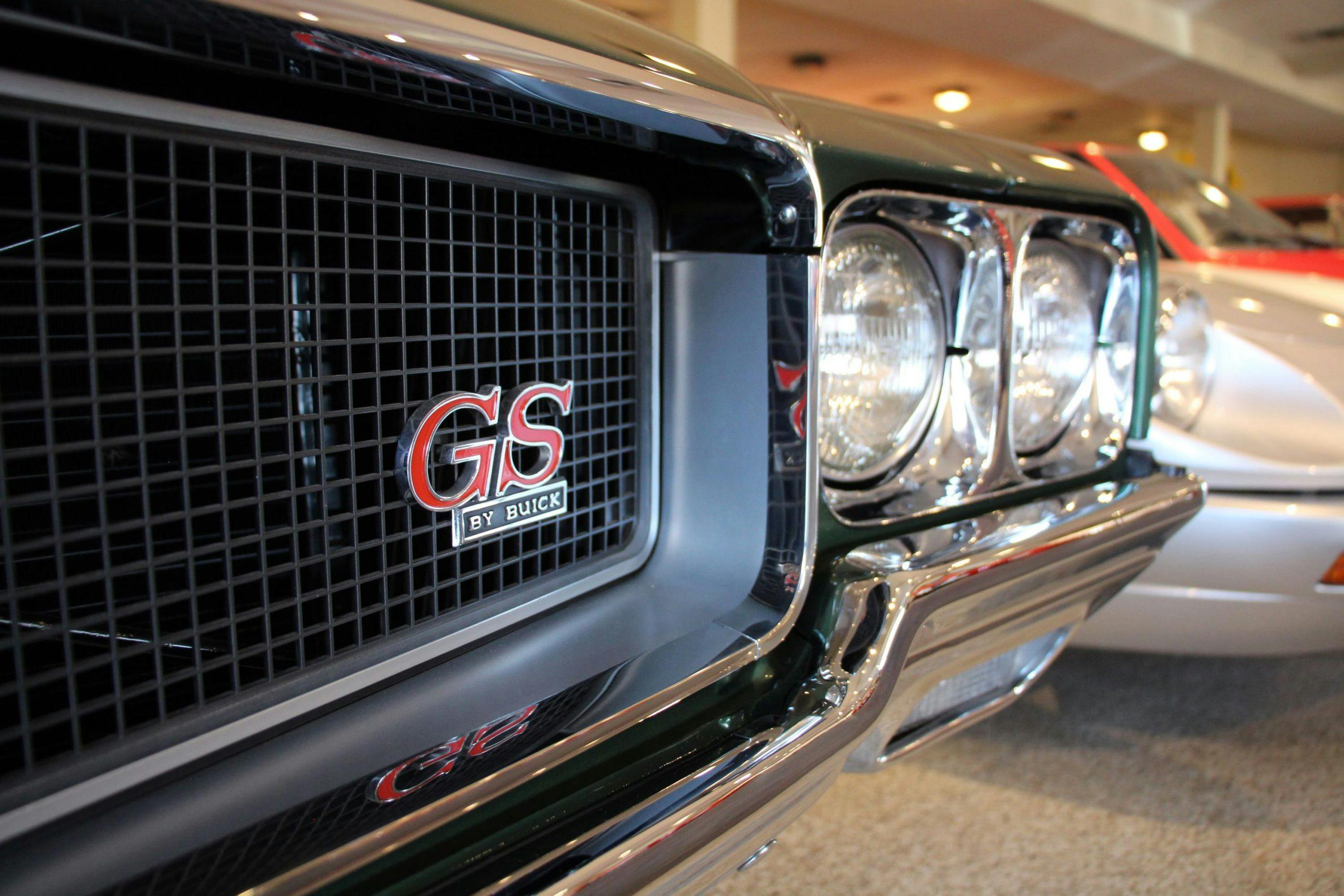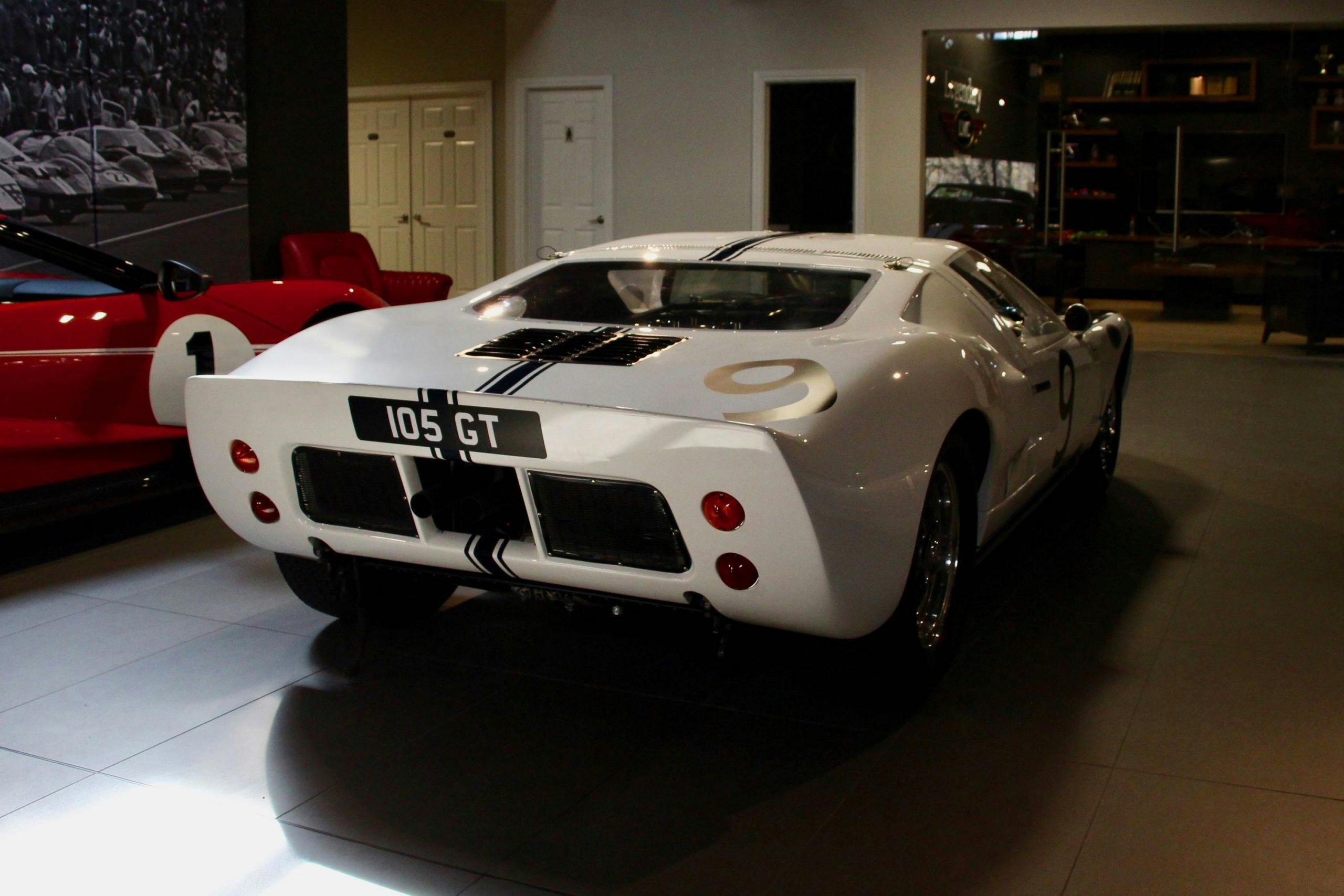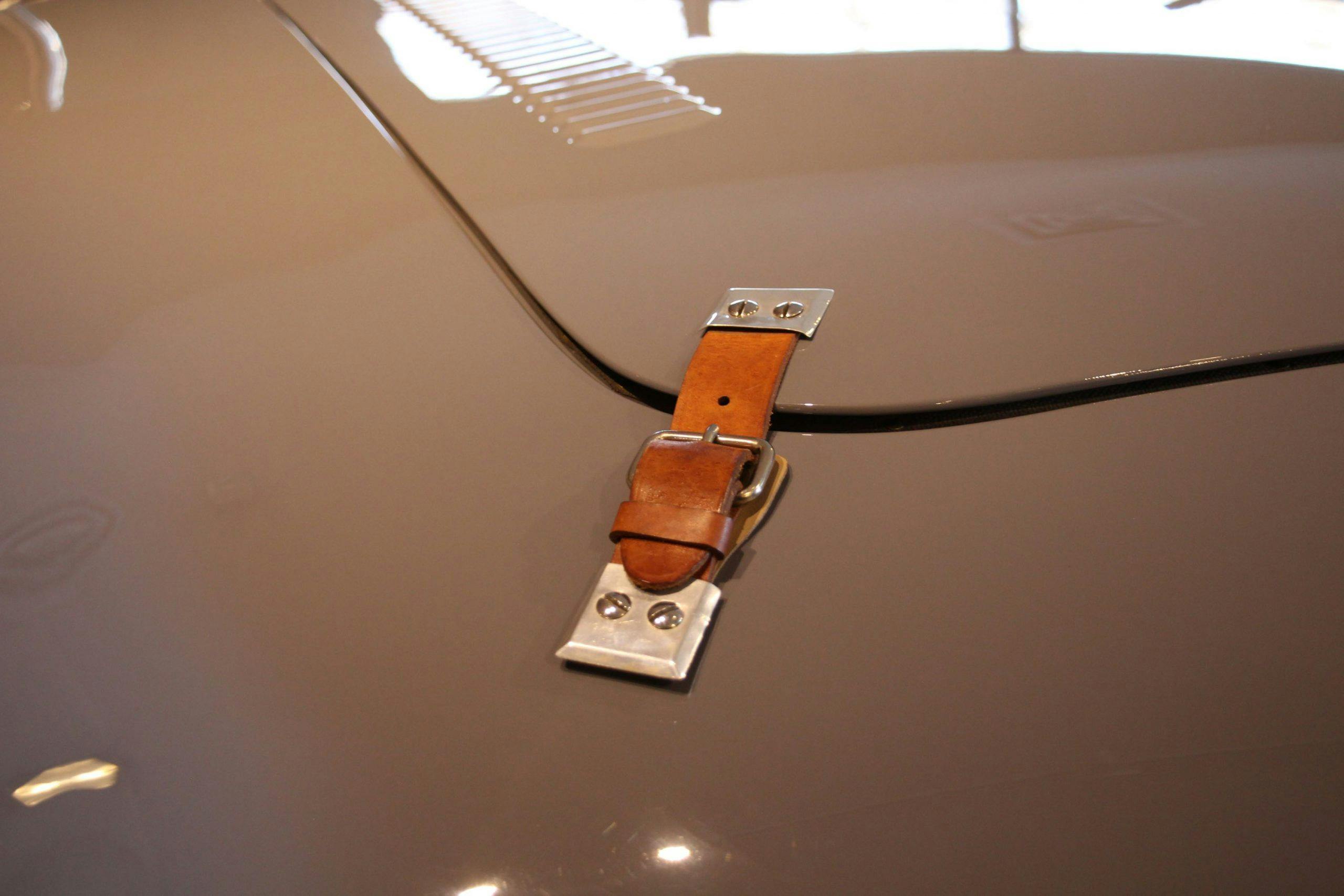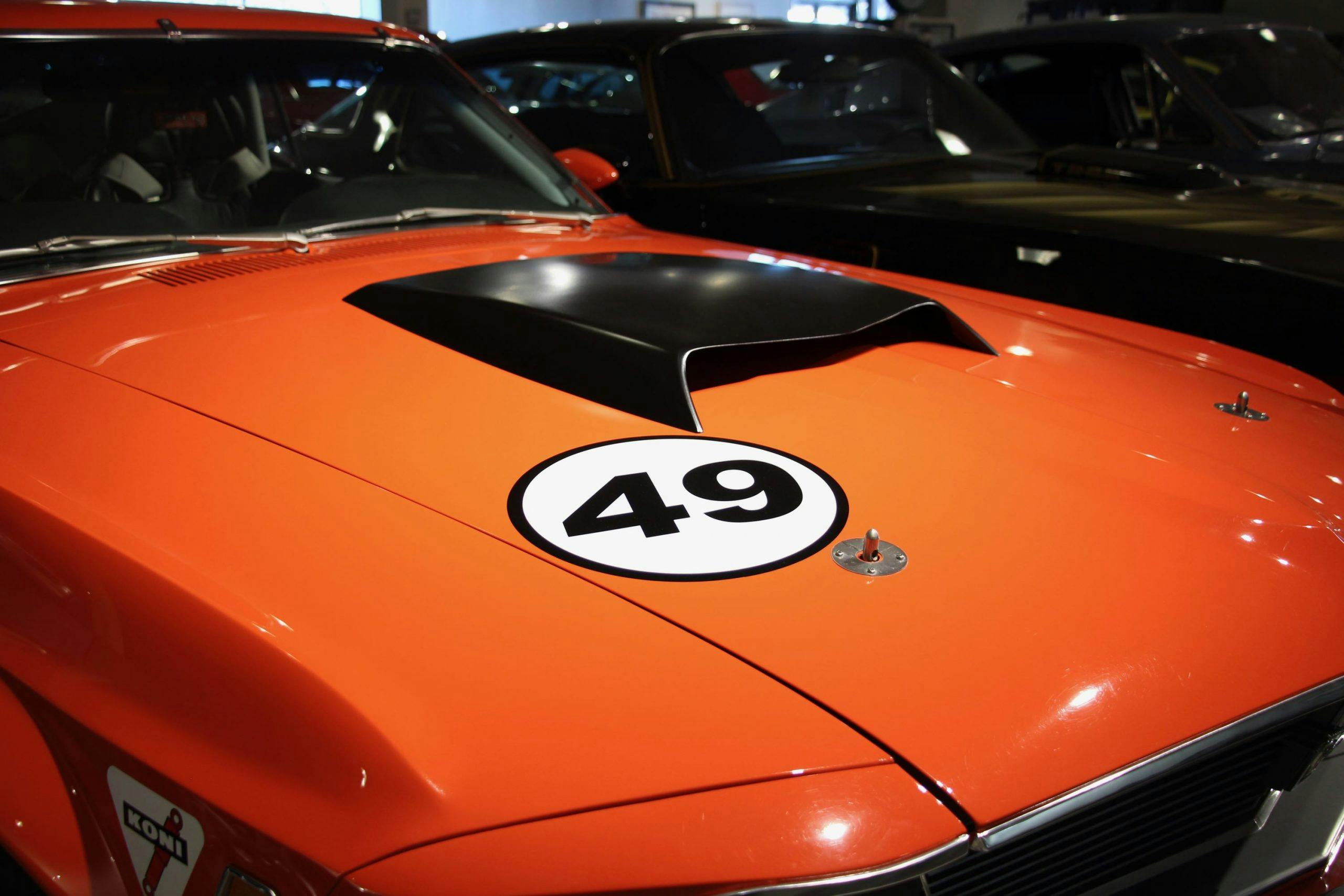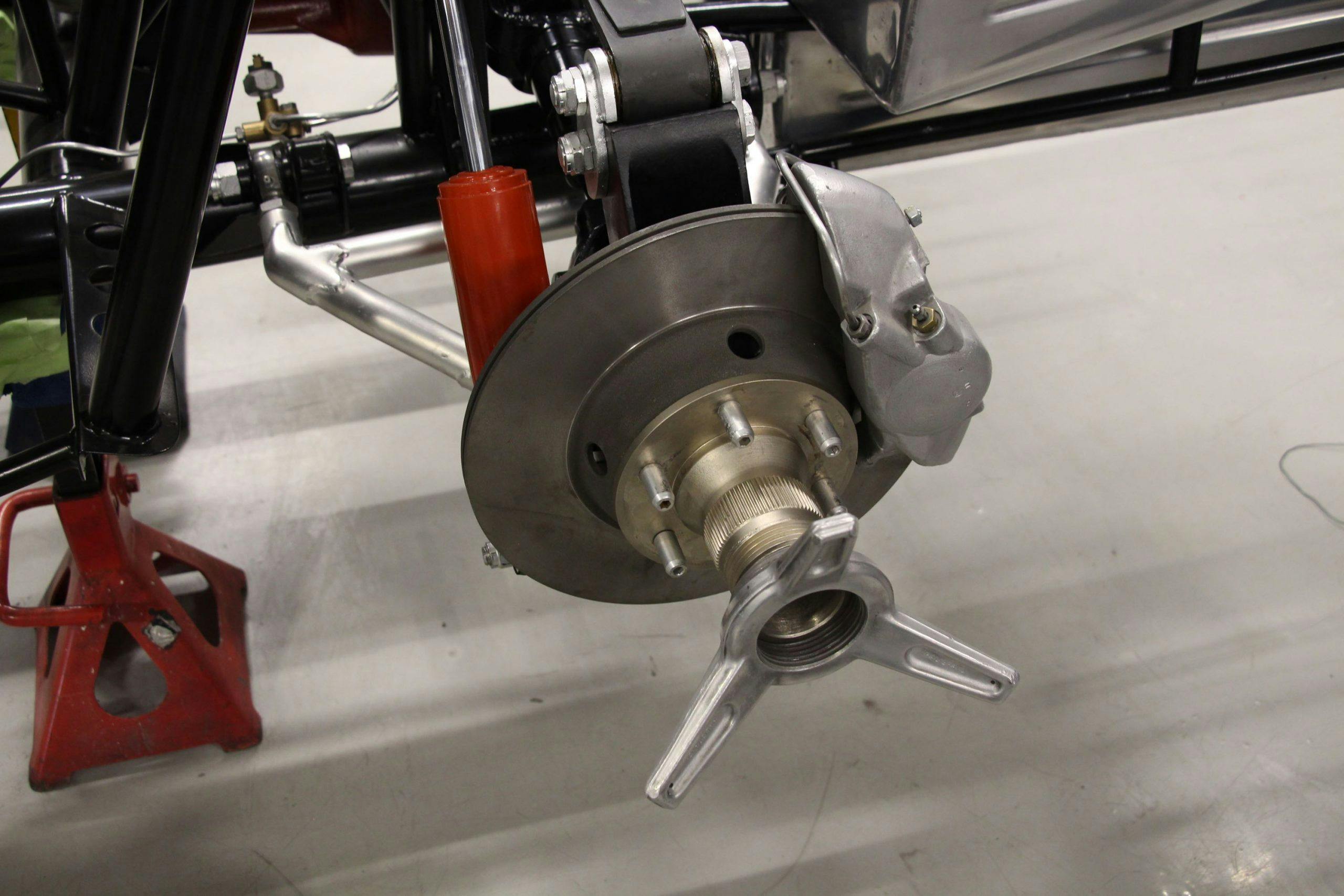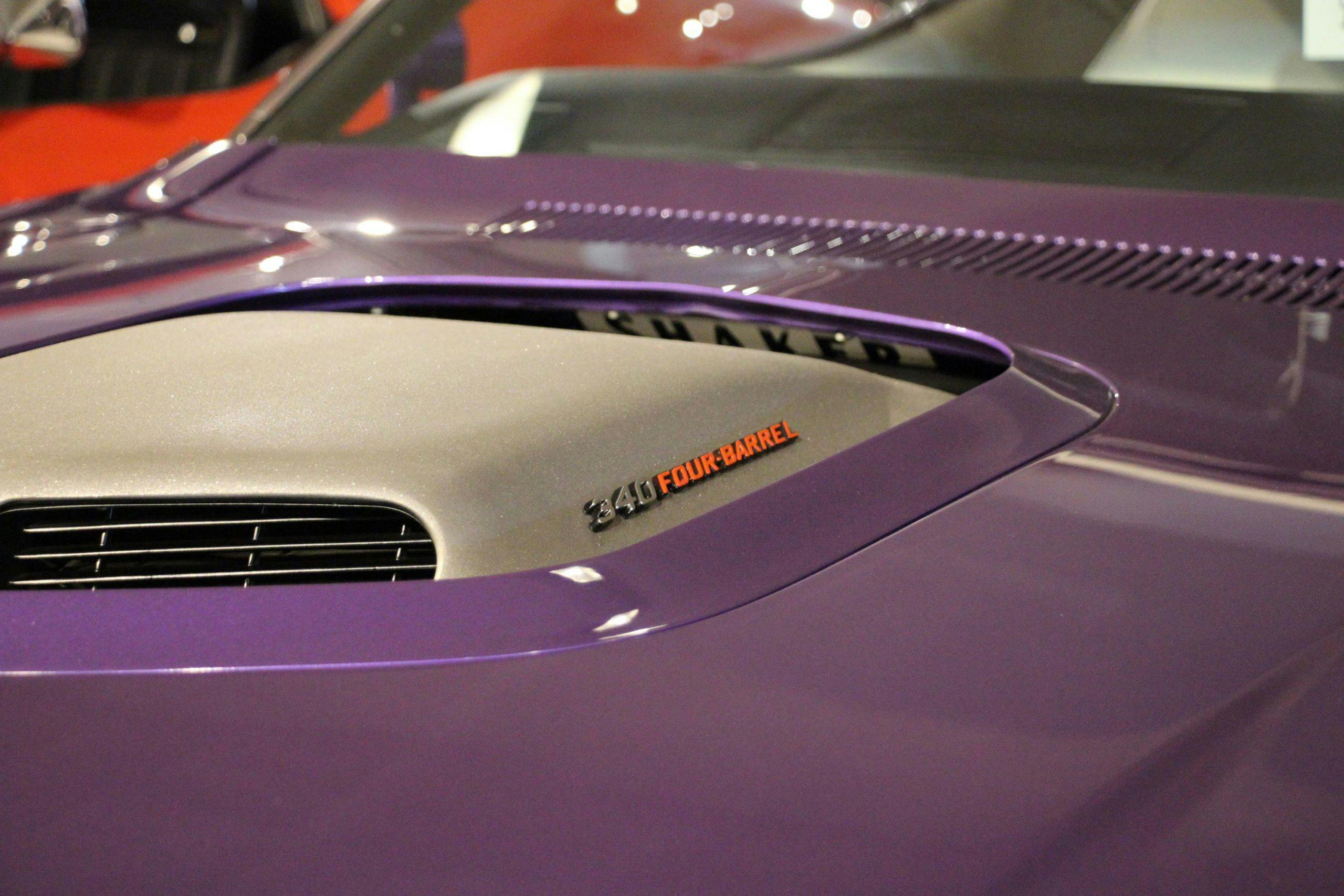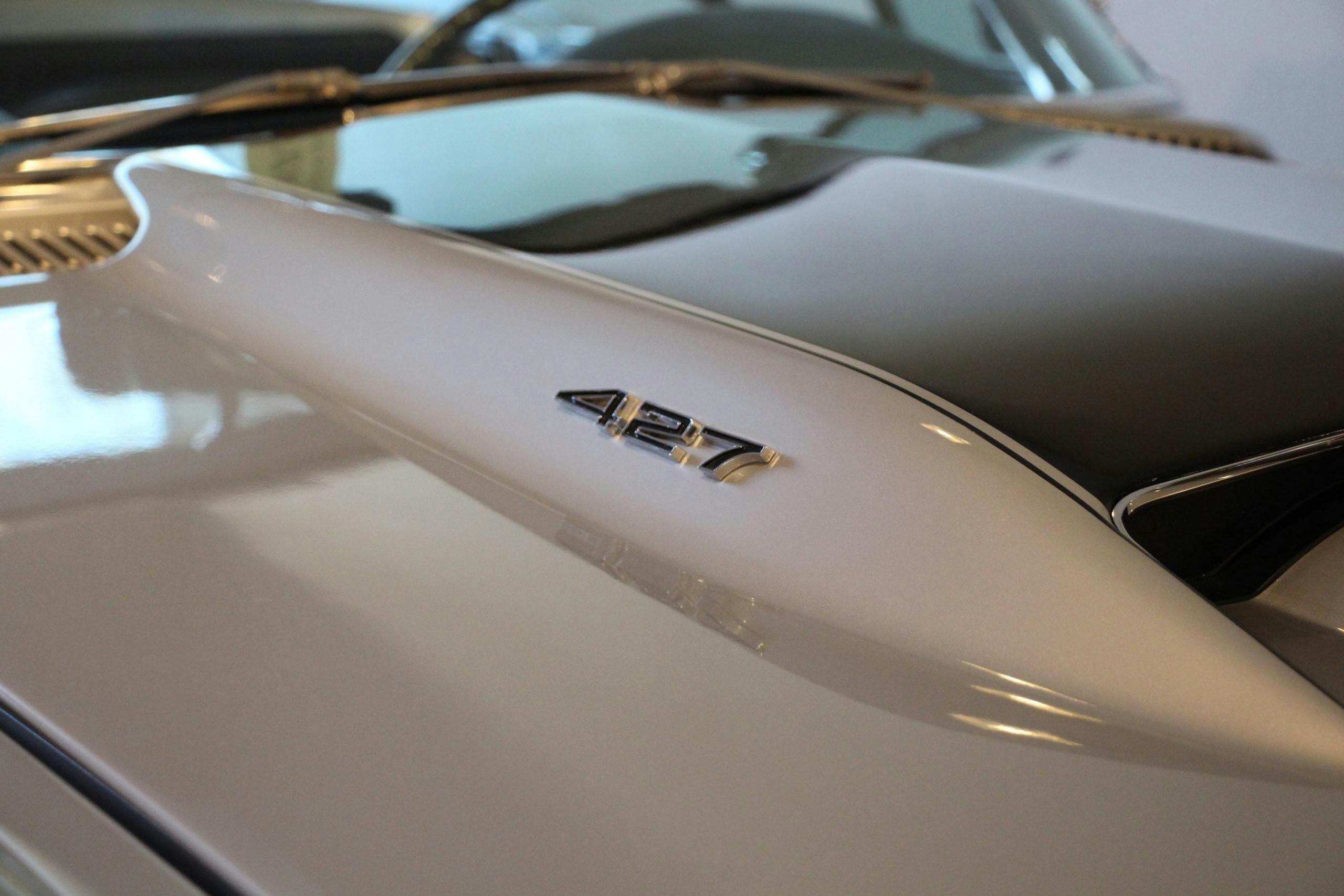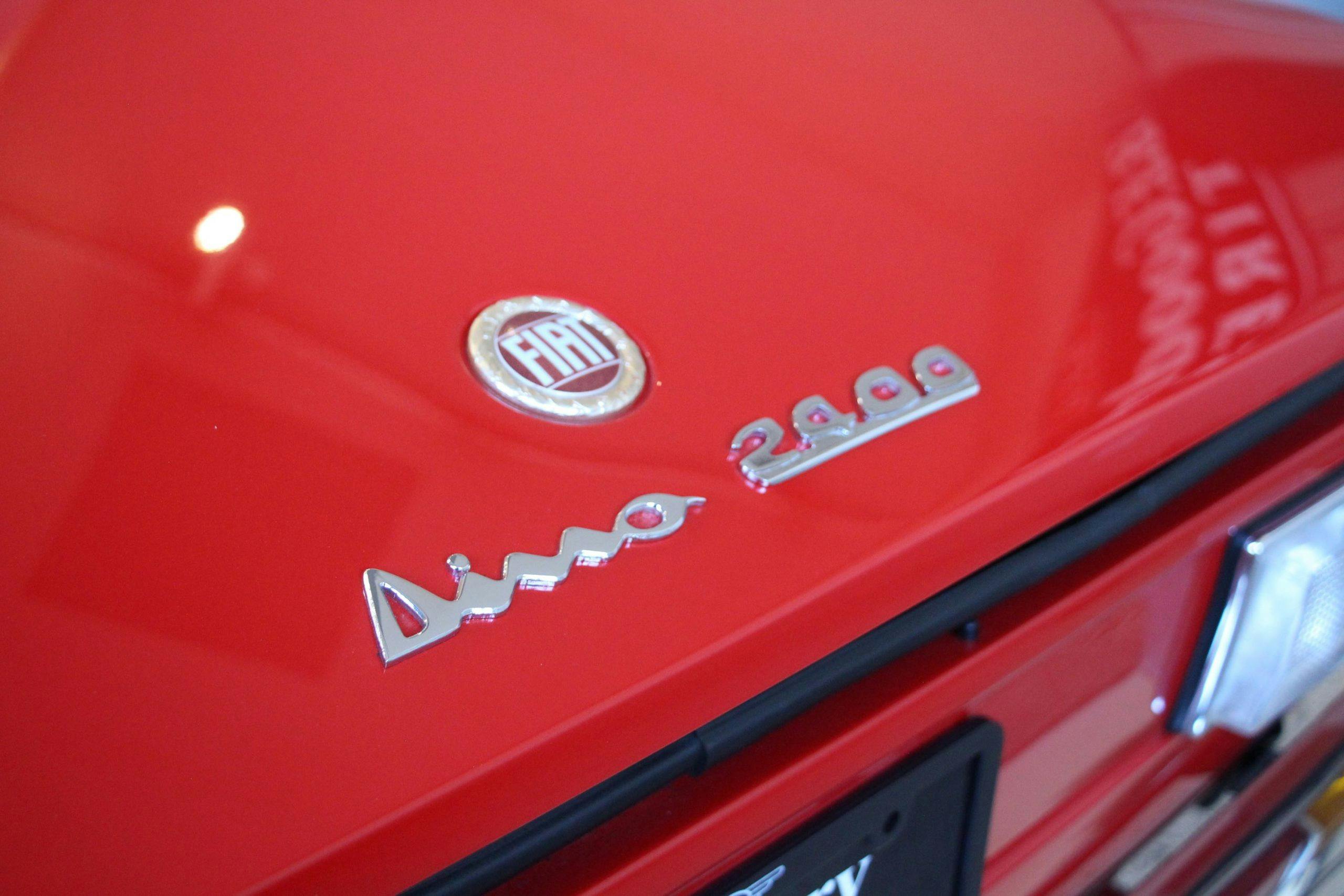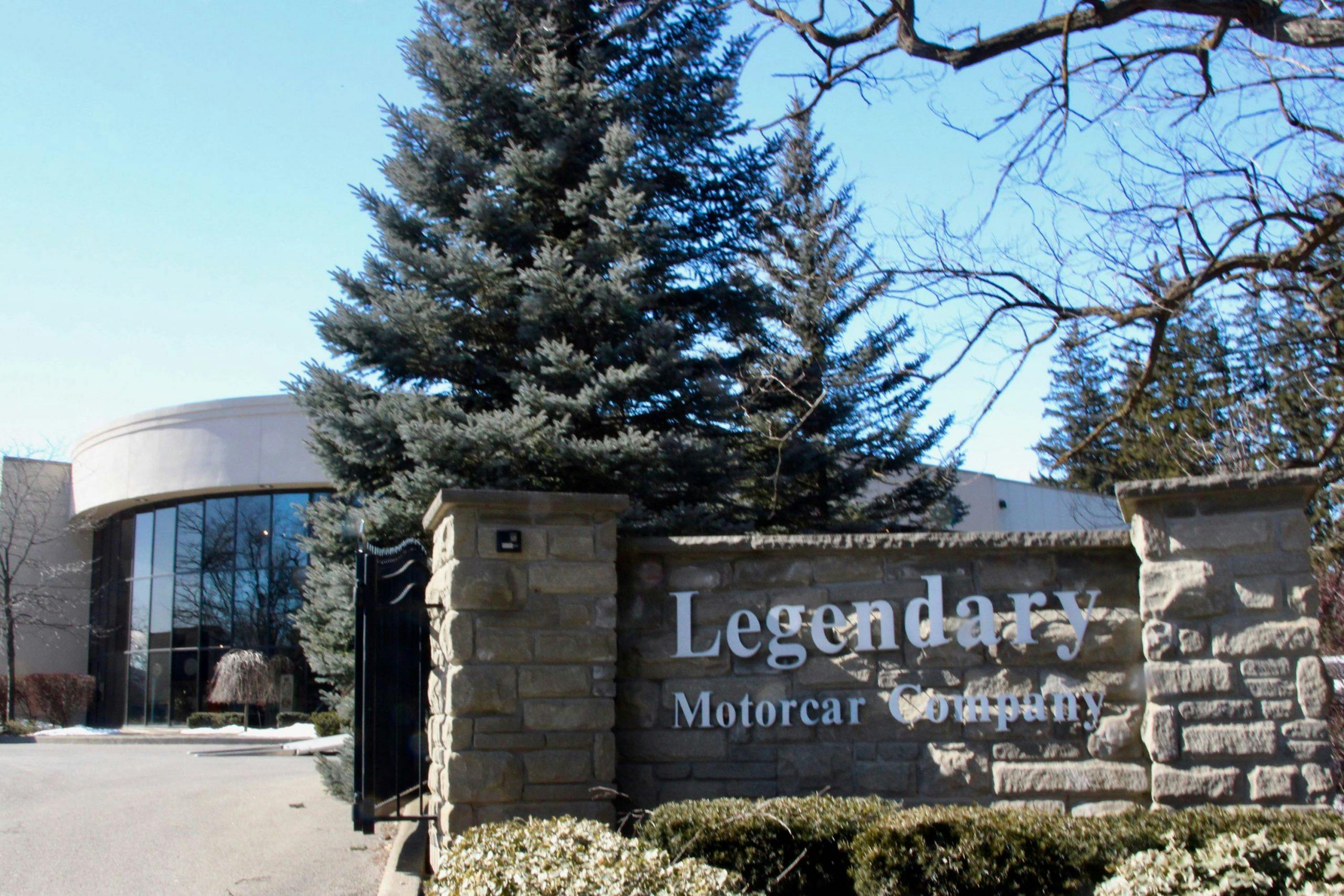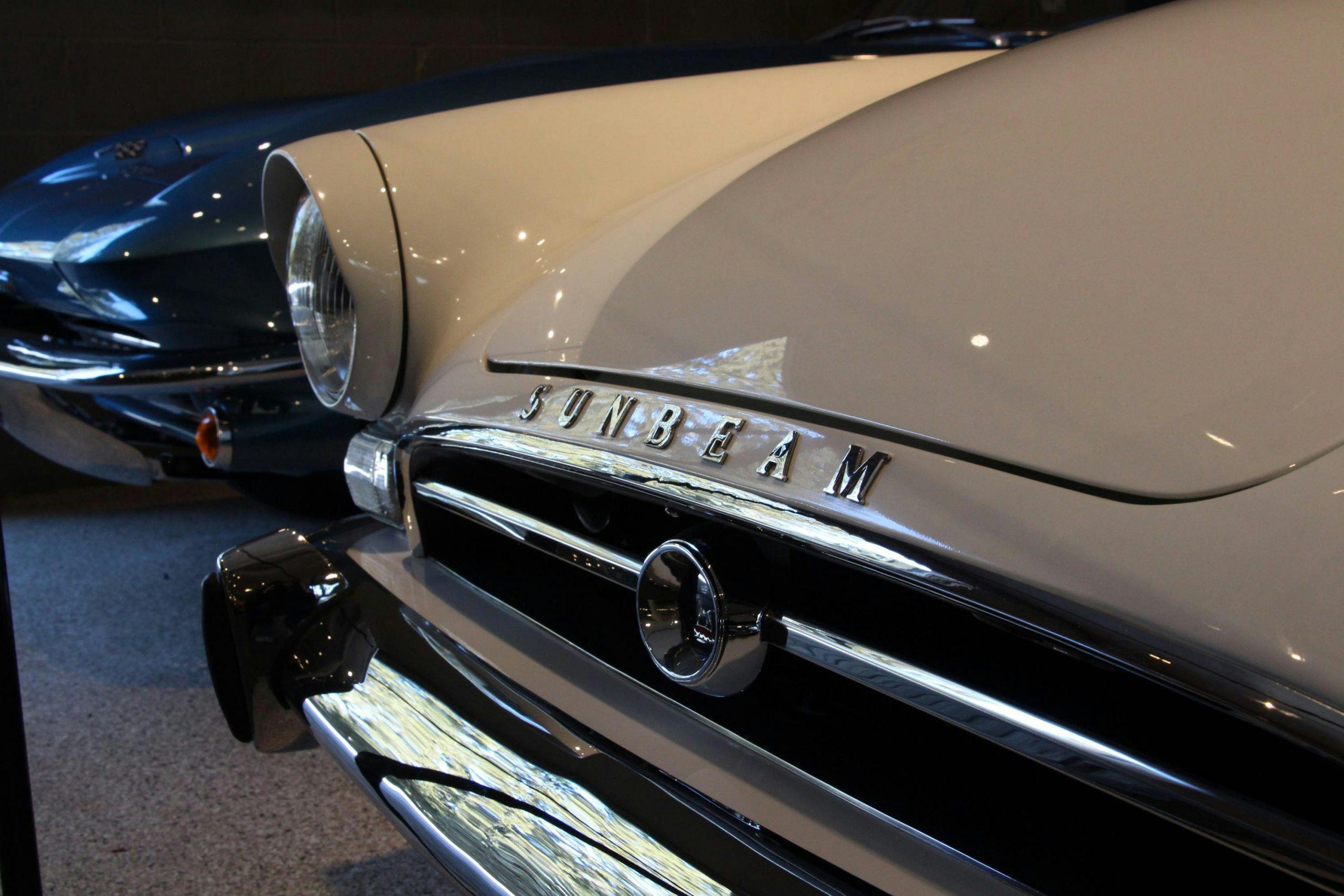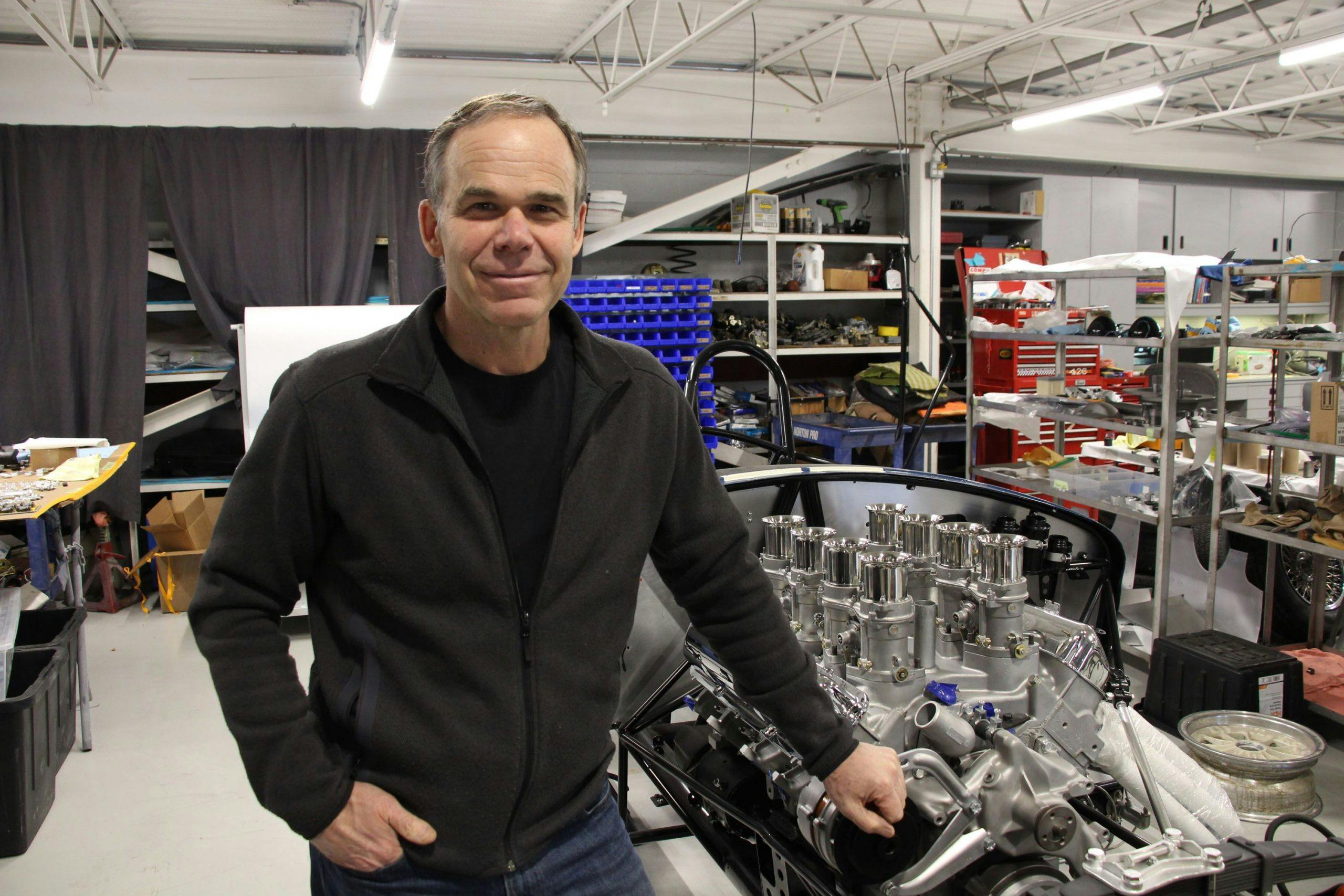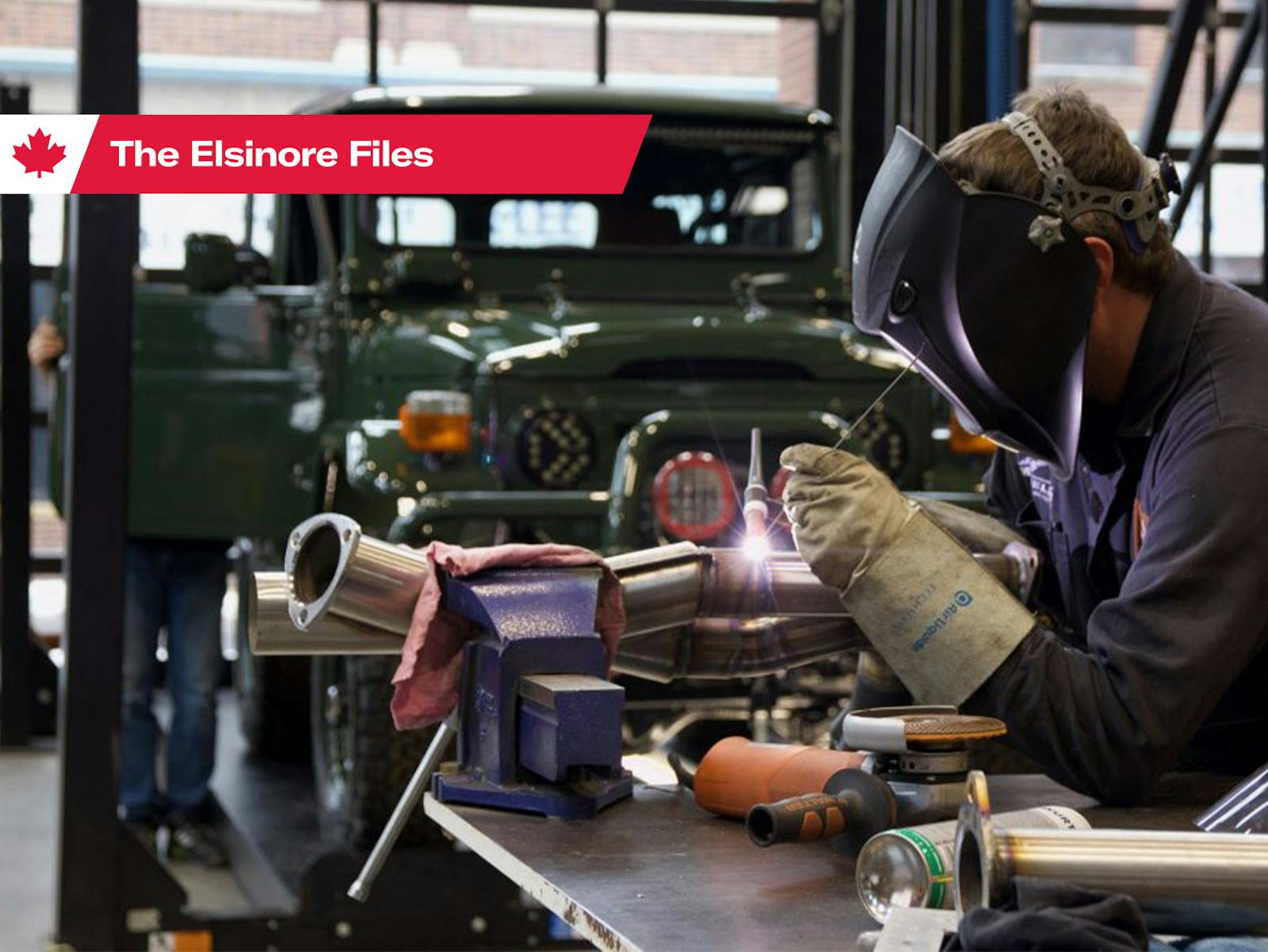The rarest Shelby on earth lurks inside this Ontario restoration shop

Some people are destined for the car business, and Peter Klutt is certainly one of them. His passion for cars—which ranges from Fords to Ferraris—is infectious. Though he started out wrenching in his parents’ driveway, he now runs a world-class facility in the rolling hills outside of Milton, Ontario. Within the walls of Legendary Motorcar Company lives an eclectic family of vehicles—some mid-restoration, others complete—that pays tribute to the wide-ranging scope of our hobby and to the dedicated hands that keep automotive legends alive.
Over the last 36 years, Legendary Motorcar Company has bought, sold, and restored thousands of cars—and not only the muscle cars, for which Klutt is best known, but the kinds of special automobiles that every car enthusiast can appreciate. Whether restoration, restomod, or collision repair, Legendary looks after everything, from the Fossmobile tribute to the one of the rarest Shelby Cobras on earth.
The showrooms at Legendary are filled with a diverse mix of cars, reflecting the tastes of the broadest spectrum of enthusiasts. It’s magical to see some of the cars I’ve driven, like a Buick Regal Grand National, and those I can only imagine piloting, such as a single-mirror Ferrari Testarossa, in the very same room. In this facility, automotive dreams are fabricated anew and brought back from the dead. In few other places could you lay your eyes upon a Lancia Delta Integrale and a Ford Model T fitted with a period snowmobile kit by simply turning around.
In his first few years in business, Klutt gravitated toward muscle cars; the market for classic muscle was healthy, and his interest in them was keen. After graduating university and getting married, he worked the night shift in a grocery store so he could wrench on cars by day.

“I took economics at school, and I really enjoyed the business part of it, but I didn’t want to go work at a bank or something,” Klutt says, “So I’d stock shelves at Miracle Mart and I’d go right to the shop. I’d work until about 6 at night, sleep for about six hours and go in at midnight to Miracle Mart. After six months of walking around like a zombie, I thought, ‘I can make this fly.’”
Since then, his business has taken off—and taken him around the world. He’s a fixture at the top collector car shows and auctions, buying and selling cars everywhere you can imagine. “We’ve sold cars to … I can’t even tell you how many countries. Japan, China, Russia, all of Europe, Pakistan, India, South America, South Africa, virtually everywhere. Australia used to be a pretty big market for us,” Klutt says. His biggest market, by far, remains the U.S.
Legendary Motorcar Company built its business on muscle cars because, by the ’80s and ’90s, teenagers of the ’60s had grown up, put away some money—and become nostalgic. They bought Camaros, Corvettes, Shelbys—whatever they had drooled over but hadn’t been able to afford as kids. The collector car market began to shift, because cars from the 1970s weren’t quite on par with those of the ’60s. Enthusiasts from that era weren’t exactly passionate about 190-hp Corvettes.

“What happened between 1985 and the early 2000s was, all of a sudden, the new stuff came out and a new Shelby would whip an old Shelby, a new Corvette would whip an old Corvette,” Klutt says. “Then, for a period of time, we had people migrating to newer cars, saying, ‘Why am I buying a $100,000 vintage Camaro when I can buy a brand-new Camaro for half the money?’ It’s twice the car, it’s great-looking, and it sounds good. The air blows cold and the stereo works.”
Undoubtedly, the collector car market has changed in 2020 and 2021 due to COVID-19, but what hasn’t slackened is demand for quality cars.

“There’s been pent-up demand,” says Klutt. “There’s been so much liquidity pumped into the world and there has been no other place to spend money. People can’t travel. They’re not going on trips. They can’t do anything. They’re kind of trapped in their homes and they’re in front of a computer. They need their fix of excitement, so they’re buying cars.”
With the Canada/U.S. border closed for recreational travel, the shop needed a change in sales tactics. For some customers, Legendary offered to ship a car from its inventory to a U.S. client for local inspection.
“It’s much easier to ship cars than people,” Klutt points out. “Shipping cars has worked out actually relatively well and I think people always find a way to do business.”
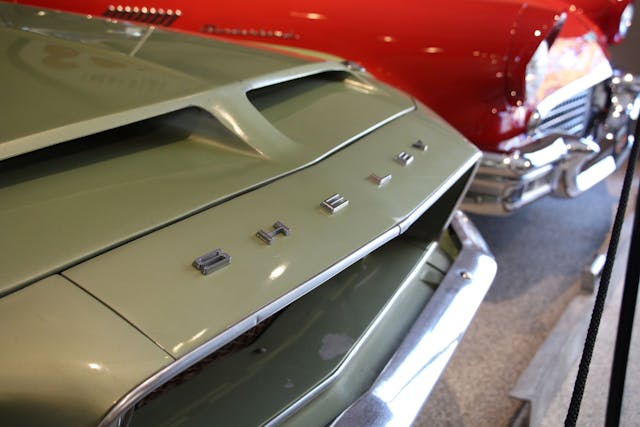
If you know anything about Klutt, it’s that he’s passionate about Fords and Shelbys in particular. Recently, he’s acquired two very special cars with unique histories. Ford GT40 #105 is one of the five original prototypes and the last one in private hands. Two were destroyed in-period and the other two are museum pieces: It’s a remarkable sight to see Klutt’s GT/105 situated between a 2006 and a 2018 Ford GT.

Like any good car enthusiast, Klutt has taken all three Ford GTs to the track to drive them back-to-back. For the record, Klutt confessed that the 2006 GT was his favourite to drive, because of its raw character and lack of modern traction and stability-control aids.
In his pursuit of special Shelbys, Klutt has also acquired one of the most interesting Cobras of all time: CSX2196, the Ken Miles 427 prototype.
CSX2196 started life as a 289 Cobra but, after getting trounced by Corvette Grand Sports, Shelby decided to swap in a 427. The car was far from perfect, however, and when Ken Miles and John Morton raced the transplanted Cobra at Sebring in 1964, they weren’t happy with its handling. They bestowed upon the car its now-famous nickname, “The Turd.”

At the same time, Shelby American was building the first Daytona Coupe. The mechanics applied some of the same techniques used in the famous Daytona racer to the problematic Cobra, giving CSX2196 a similar backbone chassis and heim-jointed A-arms along with a custom, lightweight body that Remington and Miles built in-house. This thin alloy body eventually earned CSX2196 another, less pungent moniker: the “flip top” Cobra, because each half of its aluminum shell hinges up and outward from the front and rear of the cowl.

This Cobra also stands apart because of its one-of-two, all-aluminum 390-cubic inch V-8. That engine was originally shipped to Le Mans for the Daytona Coupe, then shipped back and installed in CSX2196. Legendary is currently restoring this one-of-one Shelby, and, with the car stripped to skeleton and powertrain, its remarkable lightweight construction is laid bare. Every metal panel that could be drilled was—even the pedals resemble Swiss cheese.
“It’s a 1600-pound, 500-plus horsepower, cheater, house car,” Klutt says.
Legendary is restoring CSX2196 to the specification in which it raced at the famous 1964 Nassau Speed Week, an event marked the last time Ken Miles would race a Cobra. (Shelby aficionados will recall the famous picture of Miles in CSX2196, wearing #96, leading the field—most conspicuously, a pair of Corvettes.) The 2019 film Ford v Ferrari picks up immediately after this event.
Klutt’s passion for Shelbys is well-known, but one car has eluded him, even to this day: The Daytona Coupe. He points to a poster on the wall. “I missed it at a million dollars and missed it at $4 million. I missed it at $7M and, today, I don’t think you could buy it for $30M.”
What Klutt does have, however, is an integral part of the Shelby story—a car that, while it may not be the most infamous Shelby Cobra, is worth every painstaking hour spent to restore it to its 1960s glory. In this corner of Ontario, automotive history is slowing coming back to life.
